|
It is always a treat to pour a glass of Brunello Di Montalcino, but especially lovely when you can share the moment (virtually) with Count Cinzano, owner of Col d’Orcia! In May 2022, I wrote an article about Col D’Orcia based on a tasting with the Count, which took place earlier that year. Here is an excerpt from the article to bring you up to speed about this most iconic winery and region. Gently rolling hills dominate the landscape of Tuscany, famous for its medieval towns, wine vineyards, striking cathedrals, and the birthplace of renowned artists such as Michelangelo, Botticelli, and Leonardo da Vinci. Amongst this beauty and history lies Montalcino, home to one of Italy’s most famous wines, Brunello Di Montalcino. The village of Montalcino sits high up on a hill with vineyards sloping down into the valley. Montalcino is a small wine region comprised of 60,000 acres of olive groves, forests, and farmland, of which 3500 acres are devoted to wine vineyards. Count Cinzano said that only 50% of the land in Montalcino is farmed, and of that, only 15% is planted with vineyards. There are roughly 250 wineries here that produce Brunello di Montalcino. Brunello di Montalcino was awarded the first-ever DOCG designation (Denomination of Controlled and Guaranteed Origin) in 1980, and it is considered one of Italy’s most famous and distinguished wines. DOCG is the highest designation given under the Italian wine law. Brunello di Montalcino is made exclusively from the Sangiovese grape (named ‘Brunello’ in Montalcino). The skin of the Sangiovese grape is thick and tends to deliver fruit-forward wine with bright acidity and high tannins. And, of course, climate, soil, and production play a big part in the wine’s outcome. The climate in Montalcino is warm and dry, typical Mediterranean weather. Vineyards are planted up to 500 meters in elevation, with north-facing slopes experiencing a cooler microclimate and more winds. In contrast, the southern and western-facing slopes are exposed to extreme sunlight and maritime breezes. The vines are planted in various soils such as limestone, clay, schist, volcanic soil, and galestro, which is schistous clay soil commonly found in most of Tuscany’s best vineyards. All these elements can contribute to the difference in quality, complexity, and character of the wine. Nestled amongst the hills in a setting worthy of a painting sits one of the original estates of Montalcino, Col D’Orcia, with a winemaking history that dates back to the 1700s. The estate’s name translates to “the hill overlooking the Orcia River” due to its position between the undulating hills of the Orcia River and Sant’Angelo in Colle. The estate was sold to the Cinzano family in 1973 and only had a few hectares of vineyards at the time of purchase. Count Francesco Marone Cinzano, who now owns and manages the estate, took over Col D’Orcia in 1992. He increased his father’s plantings from 70 hectares to 150+ hectares today. And 108 of those hectares are dedicated to Sangiovese. In 2010 they began the process of converting their vineyards to organic. By 2013 all wines were certified organic. And today, it is the largest certified organic vineyard in Tuscany and the third-largest owner of Brunello vineyards in Montalcino. The Count’s mission is to produce quality wines from these hills. He said, “Quality is the result of healthy fruit. We are not just winemakers; we are farmers. We grow grapes and practice biodiversity.” He pays his respect to mother nature and is always searching for excellence. His motivation to become organic was “not to change practices, but change the mindset of people by using a homeopathic and holistic approach; that is the greatest challenge to becoming organic. And the beauty of protecting this special environment is to pass it on to future generations.” As mentioned above, Brunello di Montalcino is made exclusively from the Sangiovese grape. DOCG Regulations require that Brunello di Montalcino age for a minimum of two years in oak wooden barrels and at least four months in bottle before release. The Riserva wine must age at least six months in bottle and is released a year later onto the market. And the wine can only be bottled in the location where it is produced. At my most recent tasting we enjoyed three exceptional wines, all made with 100% Sangiovese grapes. Brunello Di Montalcino DOCG 2017 Count Cinzano explained that due to a year of great drought and heat wave, there was a small harvest, and only this label was produced. The wine is aged three years in 25, 50, and 75 hl. Slavonian and French oak casks and a minimum of one year in bottle before release. (hl is a hectolitre and equal to 100 liters) Nose: Floral, herbs, ripe red fruit, plum, and cherry notes. Palate: Lush red fruit with dark cherry, plum, baking spice, herbs, and licorice. Medium tannins with fresh acidity and a long finish. Alcohol: 14.5% SRP: $63.99 Brunello Di Montalcino Nastagio DOCG 2016 The grapes for this wine were harvested from a single vineyard. Count Cinzano said this wine is the best vintage in recent history and is not produced every year. Nastagio is a five-hectare single vineyard planted in 2006 and composed entirely of Sangiovese clones specially selected from research work in partnership with the University of Florence. The wine is aged the first year in tonneaux (5 hl), then subsequent years in large “botti,” followed by an additional 12 months in bottle. Nose: Lush red fruit aromas, baking spice, tobacco, and a hint of earth. Palate: An expressive wine with balanced acidity and smooth tannins. Notes of plum, dark fruit, licorice, and spice with a playful, sweet, and savory finish lingering on the palate. Alcohol: 15% SRP: $89.99 Poggio Al Vento Brunello Di Montalcino Riserva DOCG 2015 The grapes for this wine are sourced from a single, seven-hectare vineyard planted in 1974 called Poggio al Vento, which means “windy hill.” The first vintage was produced in 1982. The sea winds and the special soils of marl and limestone influence the vines. This wine is only produced in the best vintages and is the icon of the estate. It is aged for three years in 25 and 75hl Slavonian and French oak barrels and then for three years refinement in bottle. This wine is the only Riserva the estate produces. Nose: Beautiful and intense berry notes with spice, earth, tobacco, floral, and minerality.
Palate: Complex and well-structured, aromas segue onto the palate with rich red and dark fruit, herbs, anise, and firm tannins. A very long and satisfying finish. A remarkable wine! Alcohol: 15% SRP: $172.99 Count Cinzano said, “These are wines made to serve with food. It is the concept of drinkability and enjoying wines with food.” Here are a few food pairing suggestions for the above wines: Aged cheese, meat dishes, stews, game, tomato-based pasta, grilled veggies, grilled portobello mushrooms, risotto with truffles, and dark chocolate for dessert. Until next time… Cheers! Penina To leave a comment or if you have an inquiry, please contact me at [email protected] With snow in the forecast for many of us, it’s time to light a fire, prepare a hearty meal, and open a bottle of wine. So here are three palate-pleasing red wines to sip by the fire or enjoy with a meal. And if you’re basking in balmy weather. I’ve included a fresh and sassy white wine! But, of course, all four wines are great to drink any time of year! Abate Lugana DOC 2021 Lugana DOC is a small denomination located on the southern banks of Lake Garda, which crosses over both the Lombardy and Veneto regions in northern Italy. Lugana is renowned for its white wines and distinctive morainic terroir of penetrating humid clay soils and rich minerals deposited by the glacial moraines of thousands of years ago. The wines are naturally high in acidity with characteristic aromas of white flowers and citrus. Trebbiano (Turbiana) is this region’s signature white grape. The Abate family has been growing grapes here since 1920, but it wasn’t until generations later that they produced their first wine. Abate Wine was founded in 2018 and is owned by Sergio Abate. This wine is 100% Turbiana. Nose: Floral, peach, apple, citrus, and minerality. Palate: White stone fruit, vibrant acidity, and minerality driven. Notes of lemon, a hint of herbs, and a creamy mouthfeel. Alcohol: 13% SRP: $10 Pairing suggestions: Enjoy as an aperitif, or serve with seafood, light appetizers, mushroom risotto, and salads. Casalforte Valpolicella Superiore DOC 2020 Riondo Winery, founded in 2008, is an offshoot of the cooperative consortium Collis Veneto Wine Group. Valpolicella is east of Lake Garda, situated in the province of Verona. Valpolicella produces the famous grape varieties Corvina, Rondinella, and Oseleta, and it is considered the most famous red wine area in Veneto. Valpolicella was given DOC status in the 1960s. Many styles are produced here, such as Classico, Superiore, Amarone, and Ripasso, and range from light and easy-drinking to powerful and complex wines. This wine is a blend of Corvina, Rondinella, Corvinone, and other grapes. It has been aged partly in stainless steel and partly in wood casks for 12 months. Nose: Fragrant aromas of cherry, plum, baking spice, herbs, and hints of yeast. Palate: Rich and silky with cherry, blueberry, anise, vanilla, smooth tannins, and a long finish. Alcohol: 13% SRP: $15.99 Pairing suggestions: Grilled or roasted meat, game, creamy pasta, seared tuna, or aged cheese. Talosa Nobile Di Montepulciano Riserva DOCG 2017 Talosa is a boutique winery with 33 hectares located in the heart of Montepulciano in Tuscany and is owned by the Jacorossi family since 1972. Their historic aging cellar dates back to the 16th century. It is in the old town center of Montepulciano, in an underground area between two of the oldest buildings in the city, Palazzo Tarugi and Palazzo Sinatti. The brick passageways contain a series of vaults and niches where the barrels are placed. In 1980 Vino Nobile became one of the first four appellations given superior status of DOCG, along with Barolo, Brunello di Montalcino, and Barbaresco. This wine is 100% Sangiovese. After carefully selecting grapes, the fermentation time is about 20-25 days at controlled temperatures in stainless steel. The maturation is for three years in new oak tonneaux and 2nd passage, big barrels, and stainless steel. The finished wine continues to age in bottle for at least six months before release. It has an aging potential of over 15 years. Nose: Rose petals, berries, cherry, baking spice, and earthy. Palate: Concentrated flavors of dark berries, plum, cherry, and spice. Silky tannins, nice acidity, and understated minerality. Elegant, bold, and structured with a long finish. Alcohol: 14.5% SRP: $38 Pairing suggestions: Beef, game, hearty stews, pasta, or vegetable pizza. Cuslanus Amarone della Valpolicella DOCG Classico Riserva 2015 Albino Armani Winery has been making wine since 1607. Today, the family project boasts five privately owned estates composed of 330 hectares of vineyards. The family vineyards are in three major Italian wine-growing regions: Veneto, Trentino, and Friuli-Venezia Giulia. Albino has a strong bond with the land and says, “Sustainability = Viticulture and Social Responsibility.” All of the Albino Armani vineyards since 2019 have been given the SQNPI certification. This national certification aims to help agricultural ecosystems monitor and reduce environmental impact, reducing the use of synthetic chemicals and rationalizing all agronomic practices such as fertilization and irrigation. This wine is a blend of Corvina, Corvinone, and Rondinella. The grapes are sourced from vineyards in the high hills of the Valpolicella Classico production area at 500 meters. After a careful selection in the vineyard, the grapes are put in trays and left to dry in a drying loft called “fruttaio,” located next to the winery. This “appassimento” process is very slow in order to support the concentration of sugar, structure, and aromas. In the first months of the year following the harvest, the grapes are gently pressed, and then a long and slow fermentation in contact with the skins takes place. After this, the wine is aged for a long time in big barrels and tonneaux until bottling. It is then released to the market after at least four years. Nose: Lovely aromas of dark cherry, berries, spice, and a hint of earth.
Palate: Fine ripe fruit with cherry, red and dark berries, fennel, sweet spice, chocolate, and fine-grained tannins. An elegant and seductive wine. Alcohol: 15.5% SRP: $59.99 Pairing suggestions: Brisket, game, pasta, vegetable stew, truffle risotto, or sip and enjoy on its own. I hope these wines have piqued your interest. I’m ready to cozy up to a roaring fire with a glass of wine and a hearty stew! Until next time… Cheers! Penina To leave a comment or if you have an inquiry, please contact me at [email protected] There is a saying that it takes a village to raise a child. And, at Il Conte Villa Prandone, it takes a determined family to produce noteworthy wines. Spanning three generations, the De Angelis family has dedicated themselves to making wine since the 1950s. Today, third generation Emmanuel (winemaker), Walter and Samuel (vineyard managers), and Marina ( office management) continue their grandfather and father’s philosophy and tradition. Each generation’s love of the land and passion for work in the vineyards and cellar are evident. Emmanuel De Angelis said, “Our philosophy is very simple. We want to preserve, protect, and respect our land. There are three elements; history, the identity of the territory, and style.” What began with their grandfather planting seven hectares has now grown to 50 hectares under vine. The winery is situated in the province of Ascoli Piceno, near the enchanting medieval village of Monteprandone in the beautiful Marche region of central Italy. The vineyards here benefit from the gentle breezes of the Adriatic Sea to the east and the mild currents of the Sibillini Mountains to the west. In addition to the beneficial microclimate, night and day temperature variations help to keep the grapes healthy. The medium-textured clay-limestone soil contributes to aromas and unique flavors. And the terroir is a perfect haven for giving the wines good structure and alcohol content. Most of the wine produced at Il Conte Villa Prandone comes from indigenous grapes, but they also grow a few international varieties. Sustainability and biodiversity are practiced in all of their vineyards. Recently, Il Conte Villa Prandone sent me six wines to try while participating in a fun zoom session with Emmanuel and Mara Bastiani De Angelis, the export manager. These wines are an elegant expression of the land and the family’s passion. Navicchio Offida Pecorino DOCG 2021 This 100% Pecorino is their only white wine that is vinified and aged in concrete tanks and amphoras. Emmanuel calls it “our diamond. It is a white wine in a red body.” He also said that it has a shelf life of 10+ years. Nose: Floral, spice, citrus, and a hint of yeast. Palate: Lovely acidity, citrus, lots of spice with lemon zest on the finish. Vibrant, fresh, and complex. Alcohol: 13% SRP: $15 Pairing suggestions: Enjoy as an aperitif or serve with seafood, poultry, salads, and mushroom risotto. Donello Marche Sangiovese IGP 2020 This wine is 100% Sangiovese. After fermentation, the wine is preserved in cement tanks before bottling. Mara said, “It is our best-selling wine.” It is intended to be consumed within eight to ten years of the vintage. Nose: Floral, spice, berries Palate: Fresh with cherry, red berries, a hint of violet, spice, and herbs. Alcohol: 13.5% SRP: $14-15 Pairing suggestions: Grilled meat, mature cheese, hearty stews, or game. Marinus Rosso Piceno Superiore DOP 2017 This is a blend of 70% Montepulciano and 30% Sangiovese grapes. It is aged for one year in oak barrels. Emmanuel called it “an intense wine.” Nose: Cherry, berries, baking spice, fennel, and a hint of espresso. Palate: Sweet and savory with dark berries, spice, and smooth tannins. Cherry and spice linger on the finish. Alcohol: 14% SRP: $20 Pairing suggestions: Grilled meat, game, seared tuna, hearty pasta, or stews. Zipolo Marche Rosso IGP 2018 This wine is an international blend and is produced in extremely limited quantities. The first bottle was produced in 1999. It is a selection of Montepulciano, Sangiovese, and Merlot grapes. The wine is aged 16-24 months in oak barrels and another 12 months in bottle. Emmanuel suggests giving it time to open up, perhaps an hour before serving. Nose: Intense aromas of plum, dark berries, baking spice, and toast. Palate: Concentrated flavors of blackberry, plum, baking spice, and vanilla. Velvety tannins, complex, and well structured. Alcohol: 14% SRP: $25 Pairing suggestions: Roasts, stews, hearty soups, vegetable risotto, and mature cheese. Lu Kont Marche Rosso IGP 2018 This wine is 100% Montepulciano sourced from single vineyards with 50-year-old vines. It is aged in oak barrels for 12 months, then another 12 months in concrete tanks. It rests for at least six months in the bottle before release. Emmanuel suggests opening one hour before serving. Nose: Fragrant and fruity with berries, baking spice, and herbs.
Palate: Aromas segue onto the palate with pomegranate, cherry, anise, and minerality. It is savory, complex, and elegant. Alcohol: 15% SRP: $30 Pairing suggestions: Roasts, game, poultry, hearty stews, pasta, mushroom risotto. IX Prandone Marche Rosso IGP 2017 The label is a dedication to the town founded in the ninth century. The wine is 100% Merlot that is produced in very limited quantities. It is fermented in concrete tanks for 25-30 days and then aged in oak barrels, concrete tanks, and amphoras for 30 months. It then rests in bottle for one year. Nose: Violet, ripe red fruit, plum, berries, baking spice, and earthy. Palate: Juicy with good structure, cherry, blackberry, spice, and a hint of cocoa. Alcohol: 14.5% SRP: $80 Pairing suggestions: Grilled meat, game, spicy cuisine, roasted/caramelized vegetables, or charcuterie. I encourage you to explore these wines, and, better yet, put Marche on your bucket list of places to visit and sip a glass of wine surrounded by beauty! Until next time… Cheers! Penina To leave a comment or if you have an inquiry, please contact me at [email protected] Beginning with October and every month to follow, I will feature one wine and a pairing suggestion and recipe from the wine producer or winemaker. To get the ball rolling, I have two winners this month, both from Italy. San Felice Il Grigio Chianti Classico Gran Selezione DOCG 2017 San Felice estate is located in the heart of Chianti Classico in the commune of Castelnuovo Beradenga. With over 140 hectares of vineyards, 80% is devoted to Sangiovese, which is at the heart of their production. Their presence extends to the prestigious terroirs of Montalcino and Bolgheri as well. This wine is made with 80% Sangiovese, sourced from the estate’s top vineyards. The other 20% is a blend of native Tuscan varieties such as Abrusco, Pugnitello, Malvasia Nera, Ciliegiolo, and Mazzese. The wine is aged 24 months, 50% in large 60-100-hectoliter Slavonian oak casks and 50% in 225- and 500-liter French oak barriques. It is then aged in bottle for eight months. Nose: Floral, juicy fruit, sour cherries, smoky wood, herbs, and spice. Palate: A beautiful and expressive wine with notes of plum, dark berries, and spice fused with elegance and subtlety and balanced with lush tannins and acidity. Hints of vanilla and sour cherry linger on a long finish. Alcohol: 13.5% SRP: $38.99 Pairing Suggestions: Wild game, grilled meat, aged cheese, pasta, truffle risotto, or sip with a chocolate dessert. Winemaker Leonardo Bellaccini suggests the following recipe to pair with the wine, prepared by Borgo San Felice Executive Chef Juan Quintero. MACARONI, BEURRE NOISETTE, MUSSELS, LAMB AND ANISE Time: 20 minutes Ingredients for four servings: Sauce 100g (3.5 oz) unsalted butter (for the beurre noisette or brown butter) 120g (4.2 oz) cleaned mussels (without the shell) 100ml (3.38 fl oz) of white wine 4 garlic cloves 2 tablespoons of anise seeds 100 ml (3.38 fl oz) of mussel water Garnish 160g (5.6 oz) Fatless lamb meat (loin) 2 Nori seaweed sheets 50ml (1.6 fl oz) olive oil Black pepper 300g (10.5 oz) High Quality “maccheroncini” (pasta) Preparation Open the mussels in a pan with white wine, garlic, and parsley. Cover, and after a couple of minutes, they will be open. Turn off the heat and remove the shell of the mussels and strain its water, preserving it. Separately melt the butter and let it cook until it turns brown; add the mussel water so the butter doesn’t get burned. Add the anise and the mussels, and turn off the heat. Blend until smooth. There is no need to add salt because the mussel water is salty enough. Cook the pasta in plenty of salted water, drain and then add to the cream of butter. For serving, chop the lamb meat like a classic tartare, then season with salt, oil, and pepper, and cover with nori seaweed. On the base of the plate, arrange the lamb with seaweed, and finally, serve the pasta on top. Donnafugata Floramundi Cerasuolo di Vittoria DOCG 2020 Donnafugata has five estates throughout Sicily, with one in Vittoria located in southeastern Sicily. It is in this special region where Cerasuolo di Vittoria DOCG is produced. It is considered one of the most noteworthy wines produced in Sicily and the only wine in Sicily with a DOCG status! The indigenous grapes Nero d’Avola and Frappato are the only varieties allowed in the blend. Nose: Intense floral aromas envelop the senses with notes of violet, cherry, red berries, and spice that segue onto the palate. Palate: This is a fresh and juicy wine with personality. Hints of rose, strawberry, and spice linger on the finish. Soft tannins and a crisp finish add to the entertainment. Alcohol: 13% SRP: $30 Pairing Suggestions: Mature cheese, risotto, seared tuna, and calamari. Donnafugata suggests pairing the following recipe with Floramundi. Swordfish with Citrus Fruit and Pistachios
Time: 20 minutes Difficulty: Intermediate Ingredients for four servings: 4 swordfish steaks, about 200 g (7 oz) each 1 bunch of wild fennel 2 cloves of garlic 1 chili pepper a handful of sultana raisins, another of pistachios orange juice and rind juice of one lemon 1 glass of white wine 0-type flour, butter Instructions Flour the swordfish steaks. In a slightly buttered pan, sauté the garlic and chili pepper. As soon as the garlic browns, remove it. Add the floured fish and sauté. Then add the white wine, sultana raisins, wild fennel, and minced orange peel. As soon as the wine evaporates, add the orange and lemon juice and a pinch of crushed pistachios. Cover and continue cooking; if necessary, add citrus juice. Serve with the reduced sauce and a handful of pistachios covering the fish, garnishing the platter with two orange slices. Enjoy! Cheers! Penina To leave a comment or if you have an inquiry, please contact me at [email protected] Summer has ended, but autumn brings its magic with mother nature’s dramatic foliage display, crisp “sweater” weather, and a season filled with apple picking, pumpkin carving, and grape harvests! With temperatures beginning to drop, I’m focusing on red wines a bit more. Of course, I’ll be drinking white and rosé wines all year long, but with cooler weather in the forecast, I predict red wines paired with stews and hearty soups will start to replace lighter fare. And who can resist sipping a lovely Pinot Noir, Tempranillo, Cabernet Sauvignon, Cabernet Franc, Carménère, or a Sangiovese from Chianti Classico? It’s a perfect way to welcome autumn. Here are seven palate-pleasing wines from Spain, California, Chile, Italy, and Oregon to pair with fall cuisine. Bodegas Montecillo Reserva Rioja 2013 Bodegas Montecillo is Rioja Spain’s third-oldest winery and the second oldest in Rioja Alta, dating back over 150 years. This wine is a blend of 90% Tempranillo, 8% Garnacha, and 2% Mazuelo. It was aged for two years in handcrafted oak barrels followed by 18 months in bottle. Nose: Juicy, red fruit, clove, herbs, and floral hints. Palate: Plum, cherry, baking spice, silky tannins, hints of cedar, and a touch of fennel on the finish. A fantastic wine for the price! Alcohol: 13.5% SRP: $15 Pairing suggestions: Charcuterie, stews, hearty soups, grilled or braised meats and game, or seared tuna. Cune Organic Rioja 2020 CVNE (pronounced coo-nay) is an acronym for Compania Vinicola del Norte des Espana, and it is one of Rioja’s most iconic and historic wine producers. Two brothers founded the winery in 1879, and within six years, they began receiving international awards for their wines. The current owners are direct descendants and represent the fifth generation. This wine is a blend of 60% Garnacha, 30% Tempranillo, and 10% Graciano. It is aged for six months in oak barrels. Nose: Floral, wild berries, herbs, and spice Palate: Juicy and fresh with aromas carrying through to the palate with cherry, anise, and spice notes. Delicious! Alcohol: 13.5% SRP: $17 Pairing suggestions: Cheese platter, meats, pasta, risotto, or stews. Josh Cellars Lodi Reserve Cabernet Sauvignon 2020 Joseph Carr formed his own wine company in Napa Valley after spending a decade as a world-class sommelier and another decade as a wine industry executive. His dream was to have a family-owned winery, so in 2005 he began making wines under the label ‘Joseph Carr.” In 2007 Carr launched Josh Cellars as a tribute to his dad, Josh, who inspired and influenced the man Carr is today. “Every bottle of Josh Cellars wine produced honors and acknowledges his father.” In honor of his father, a volunteer firefighter in upstate NY, Carr created the “Lodi Cabernet Sauvignon” as a tribute. The winery donates $1 for every bottle of the Lodi Cab sold to either the National Volunteer Firefighter Council or local firefighter charities nationwide. Nose: Dark cherry, berries, spice, and chocolate Palate: Dark berries mingle with cherry, plum, espresso, and baking spice- firm tannins and beautifully structured with a long finish. Alcohol: 14% SRP: $21.99 Pairing suggestions: Grilled meat, game, mushroom risotto, hearty soups, stews, or pumpkin chili. Viña Maquis Gran Reserva Cabernet Franc 2018 The Hurtado family, owns the Maquis estate, now in its fourth generation. Practicing sustainability, the grapes for this wine are sourced from vineyards in Colchagua Valley, Chile, where the winery is located. The blend for this wine is 90% Cabernet Franc, 7% Carménère, and 3% Petit Verdot. It is aged for 12 months in French oak barrels. Nose: Red berries, floral notes, baking spice, and a bit earthy. Palate: Lush fruit with strawberry plum, cherry, herbs, and spice. Complex and rich, but not overpowering. Alcohol: 14% SRP: $24 Pairing suggestions: Barbecued ribs, seared tuna, spicy Asian cuisine, grilled or braised meat, stew., or glazed breast of duck. TerraNoble CA1 Andes 2018 TerraNoble, founded in 1993, is located in the Maule Valley of Chile. TerraNoble initially presented itself as a boutique winery specializing in Merlot. However, in 1994 Chilean Merlot was identified as Carménère, So, TerraNoble committed to this rediscovered variety. And since then, they have extended viticultural experimentation and innovative winemaking practices to the Colchagua and Casablanca valleys. The grapes for this 100% Carménère are handpicked from their best vineyard plots in the Colchagua Valley at the foot of the Andes. 70% of the wine was aged in new and previously used 300-L French oak barrels, and 30% in untoasted foudre for 12 months. It was then further aged for six months in bottle. Nose: Lush dark fruit, spice, earth, dark coffee beans, and herbs. Palate: Dark berries, herbs, and spice blend with silky tannins that are nicely balanced with acidity. The finish is long, with dark chocolate, espresso, and a hint of herbs lingering. Alcohol: 14.5% SRP: $24.99 Pairing suggestions: TerraNoble suggests thick ribs, oven-roasted beef brisket, risotto, or seasoned foods. Querciabella Chianti Classico DOCG 2018 Querciabella was founded in 1974 with a commitment to quality, sustainability, and authenticity. Querciabella has continually sharpened its approach to biodynamic viticulture for over a decade. With vineyards throughout Tuscany’s Chianti Classico and Maremma areas, Querciabella exemplifies the respectful preservation of tradition through forward-thinking, albeit completely natural winemaking. This 100% Sangiovese wine is vegan. No animal products or byproducts are used in the production of this wine. It is aged for 12 months in fine to extra fine-grained oak barriques (225L) and tonneaux (500L) which 10% is new. Nose: Floral, red cherry, red berries, baking spice, and a slight hint of licorice. Palate: This is a fine and silky wine that is fresh, juicy, vibrant, and elegant. Aromas segue onto the palate with hints of chocolate, plum, and sour cherry on the finish. Alcohol: 14.5% SRP: $33 Pairing suggestions: Classic Tuscan dishes, seared tuna, mushroom risotto, salmon burgers, or Asian cuisine. J. Christopher Volcanique Pinot Noir 2018 J. Christopher Winery is a small winery in northern Willamette Valley, Oregon, owned by well-known winemaker Erni Loosen, creator and owner of Germany’s Dr. Loosen and Villa Wolf estates. Following his passion for Pinot Noir, Erni set his sites on J. Christopher, eventually purchasing 40 acres and planting the Appassionata Vineyard. Ernie and his team are proactive when it comes to sustainability. Maintaining healthy soil and vines is a priority. The grapes for this 100% Pinot Noir cuvée are sourced from vineyards in Dundee Hills with volcanic soil. The wine is aged 18 months in barriques (25% new), with no fining or filtration. Nose: Floral, cherry, red berries, cranberry, baking spice, and minerality.
Palate: Fresh, juicy, and elegant, with aromas spilling onto the palate along with notes of raspberry, pomegranate, and hints of oak and spice. Fine tannins and a silky mouthfeel add to this dry and savory wine. Alcohol: 13.5% SRP: $40 Pairing suggestions: Grilled meat, barbecued chicken, veal marsala, casseroles, stews, or pizza. Enjoy and happy autumn! Until next time… Cheers! Penina To leave a comment or if you have an inquiry, please contact me at [email protected] The curtain has finally lifted, and the summer of 2022 will be filled again with festive outdoor concerts, fairs, and picnics. So whether you’re headed to an event, the beach, or enjoying leisure backyard time at home with family and friends, apply the sunscreen and grab a cooler because I’ve got you covered with some easy-to-transport wines and a few other thirst-quenching treats. Grand View Research said, “The global canned wines market size was valued at USD 211.4 million in 2020. The rising demand for convenient, portable, and single-serve beverages is the key driver for the market growth.” According to a new report from Grand View Research in May 2021, “The global canned wines market size is expected to reach USD 571.8 million by 2028, registering a CAGR (compound annual growth rate)of 13.2%. Canned beverages are highly convenient due to the compact size of cans. Moreover, there has been a growing demand for portable and less fragile wine containers than glass. These factors are projected to support the market growth.” Francis Ford Coppola Sofia Brut Rosé Canned Wines Located in Sonoma County, this iconic winery produces more than 40 wines on-site and is now offering brut rosé in Mini Cans! Sofia Brut Rosé (a tribute to Coppola’s only daughter.) is an off-dry, light, effervescent wine and a perfect addition to the picnic basket. This rosé is a blend of 40% Pinot Grigio, 22% Zinfandel, 20% Grenache 15% Pinot Noir and 3% Chardonnay. It is refreshing and crisp with notes of floral, peach, strawberries, and a touch of lemon zest on the finish. Alcohol: 11.5% SRP: $20 for a 4-pack Each can holds 187-ml of wine. Pairings: Enjoy as an aperitif or with BBQ fare, paté, cheese, and dessert. Domaine Bousquet Le Petit Canned Wines These certified organic wines are produced from grapes grown in the cool Argentine foothills of the Andean mountains. Domaine Bousquet is Argentina’s leading producer and exporter of certified-organic wines. They are the first to present canned wines from Argentina made from certified organic grapes. “Le Petit” is “The Little One” in French. The fruit for both wines is from the 2021 harvest sourced from vineyards in Tupungato, Alto Gualtallary, at 4000 ft. altitude. Le Petit Bubbly Rosé This wine is a blend of 50% Pinot Noir, 30% Syrah, 10% Pinot Gris, and 10% Viognier and is made using the Charmat method. It has lots of fresh berry aromas, and the palate offers a dry, crisp wine with refreshing fruit and soft bubbles. Alcohol: 12.5% SRP: $13 for a 4-pack/$3.50 per can. Each can holds 250-ml of wine. Pairings: Enjoy as an aperitif or with shellfish, salads, and fruit. Le Petit Malbec This 100% Malbec oozes juicy black and red berry aromas that segue onto the palate with a bit of earthiness and fig. A touch of spice lingers on the finish. Alcohol: 14% SRP: $13 for a 4-pack/$3.50 per can. Each can holds 250-ml of wine. Pairings: It’s a perfect match for BBQ or hard cheese and fruit. In addition to premium single-serve wines, premium boxed wines are also gaining popularity. Their portability and the lure of a smaller carbon footprint are appealing. Boxed wines usually come in 3-liter to 5-liter sizes, making it easy to accommodate your entertaining needs. Also, boxed wines are easy to transport and unbreakable, and each 3L box is equivalent to four bottles of wine! And the wine will stay fresh for 30 days or longer in the refrigerator if it’s in a vacuum pack. Sandy Giovese Vino Rosso Boxed Wine Amy Ezrin is the founder of Sandy Giovese wines and teases that the character name “Sandy Giovese” is her alter ego. The name is a playful spin on the Sangiovese grapes used to make this boxed wine, which is 85% Sangiovese and 15% Trebbiano. It is produced from organically-farmed grapes sourced from vineyards in Italy’s Le Marche region, located on the Adriatic Sea. Nose: Red fruit, violets, and a hint of herbs. Palate: Cherry, cranberry, crisp acidity, refreshing and light, an easy-drinking wine. Alcohol: 12% SRP: $34.99/3L box Pairings: Aperitif, pasta, pizza, BBQ, grilled chicken, fruit & cheese platter. Domaine Bousquet Natural Origins Rosé 2021 Boxed Wine Along with bottled and canned wines, Domaine Bousquet also produces a line of organic “bag in a box” boxed wines. Fruit for Natural Origins line is sourced from the upper reaches of the Tupungato Valley, known for producing grapes with an abundance of aroma, flavor, and freshness thanks to large day-night temperature differentials and the intense Andean sunlight. The box states that the wine will stay fresh for 90 days after opening! The organic grapes for this rosé are a blend of 50% Pinot Noir, 30% Syrah, 10% Pinot Gris, and 10% Viognier. Nose: Red berries, cherry, and a hint of floral. Palate: Strawberry, cherry, and a touch of spice with fresh acidity. Refreshing and perfect for an outing. Alcohol: 12% SRP: $20/3L box Pairings: Aperitif, seafood, shellfish, salads, grilled chicken, or fruit and dessert. And, if you’re looking for festive and unusual single-serve, low-alcoholic beverages, these treats from SQZ will brighten the party. SQZ SQZ is located in Lanark, Illinois, and is owned by Anthony Curcio, CEO, and mastermind behind these low-alcoholic beverages. Anthony’s grandfather, Lorenzo Curcio, was known for his fruit wines made in the region of Calabria, Italy. And so, this family tradition was passed on from generation to generation, with Anthony taking it to another level. The packaging for these low-alcohol fruit wines is unique and whimsical. And if you don’t mind using glass outside, the concept of Mason jars is brilliant, and they are reusable! Each Mason jar contains 375 ml of wine. The fruit wines are hand-crafted and made in small batches using only natural ingredients. Lemon juice, water, cane sugar, and yeast are used as the base. All added flavors are sourced from real juice, with no extracts or preservatives. The water is locally sourced deep well water that is triple filtered to ensure consistency in each batch made. The juice is naturally fermented and blended in stainless steel tanks. All six flavors, including the newest, Key Lime-Jalapeno, are refreshing and range from crisp and tart to mildly sweet or spicy! Drink as is, or get creative and use SQZ in cocktails! Alcohol: 9% SRP: $29.99 for a six-jar pack. (equivalent to three bottles of wine) Single jar-$4.99 each For those who prefer to pour from a bottle instead of canned or boxed wine, here are a few premium screw-top rosés to pack in the cooler. No corkscrew needed! Bodegas Salentein Portillo Rosé 2021 Bodegas Salentein is located in the Uco Valley of Mendoza, Argentina. This privately-owned estate was established in the late 1990s and boasts almost 5000 acres, of which 1,124 acres are planted to vine. Many of their vineyards are situated at some of the highest elevations in the world. The grapes for this 100% Malbec are sourced from Valle de Uco appellation. Nose: Red berries, cherry, and floral. Palate: Fresh strawberry and raspberry with nicely balanced acidity. Light and refreshing! Alcohol: 13% SRP: $10.99 Diora La Belle Fête Rosé of Pinot Noir 2021 Diora is a brand of Delicato Family Wines, owned and run by the Indelicato family. Based in Monterey’s AVA, on Californias’s Central Coast, they have 1800 acres planted with vines. The grapes for this rosé are sourced from their estate San Bernabe Vineyard, and the wine is a blend of 88.2% Pinot Noir, 6.1 % Syrah, and 5.6% Grenache. The majority of the blend was fermented in stainless steel, with a small portion in neutral oak for a touch of creaminess to the palate. After two months, the wine was bottled. Nose: Cherries, red berries, and a hint of grapefruit. Palate: Aromas segue onto the palate with crisp acidity and notes of watermelon. It is dry and light, another great wine for the picnic basket. Alcohol: 12% SRP: $19.99 Saget La Perrière “La Petite Perrière” Rosé 2021 La Perrière is a family-run company located in the Loire Valley, France. With 890 acres of vines in the finest appellations and six estates, it carries on the tradition of nine generations dedicated to producing fine wines. This 100% Pinot Noir is sourced mainly from their estate vineyards in Touraine (Loire Valley), and a part of the blend is sourced from the South of France through their long-term partners. Nose: Fresh fruit notes of strawberry, floral, and a hint of minerality. Palate: This is a lively wine with juicy strawberry, raspberry, and a touch of grapefruit to balance it. Alcohol: 12% SRP: $13.99 Pairings for these three rosés: Enjoy as aperitifs or serve with seafood, salad, light pasta, BBQ, grilled chicken, or fruit and cheese platter. All the canned, boxed, and bottled wines should be served chilled. If iced tea is your go-to beverage, then here is a delightful collection of all-natural teas to brew and sip over ice while lazing in the hammock or sailing around the lake. Adagio Teas This family-owned company is aptly named Adagio (a musical term meaning “slow” or “at ease.”). Relaxing and slowing down the pace while drinking these refreshing teas works for me! They have two facilities, one in New Jersey and one in the UK. And all of the teas come directly from farmers around the world. The full-leaf, pre-measured pouches make the tea easy to prepare. Add water to a quart-size pitcher, toss in the pouch, and refrigerate for a few hours or overnight. There is an abundance of flavors to choose from, and sampler boxes are available. There are 40 varieties, such as herbal blends, chai, black, oolong, and the list goes on! One of my favorites is the Purple Papayaberry Iced Tea. It is blended with Hibiscus, Butterfly Pea Flower, Apple Pieces, Rose Hips, Orange, Papaya Flavor, Blueberries, Strawberries & Natural Blackberry Flavor. It’s perfect for a hot summer day. SRP: Iced tea sampler sets are $14 for six pouches that make one quart of tea per pouch. Purple Papayaberry is $8 for six pouches. Summer is in full swing, and it’s time to kick off your shoes, embrace the outdoors and indulge your palate!
Until next time… Cheers! Penina This article was originally published to Santé Magazine To leave a comment or if you have an inquiry, please contact me at [email protected] Gently rolling hills dominate the landscape of Tuscany, famous for its medieval towns, wine vineyards, striking cathedrals, and the birthplace of renowned artists such as Michelangelo, Botticelli, and Leonardo da Vinci. Amongst this beauty and history lies Montalcino, home to one of Italy’s most renowned wines, Brunello Di Montalcino. The village of Montalcino sits high up on a hill with vineyards sloping down into the valley. Montalcino is a small wine region comprised of 60,000 acres of olive groves, forests, and farmland, of which 3500 acres are devoted to wine vineyards. There are roughly 250 wineries here that produce Brunello di Montalcino. Brunello di Montalcino was awarded the first-ever DOCG designation (Denomination of Controlled and Guaranteed Origin) in 1980, and it is considered one of Italy’s most famous and distinguished wines. DOCG is the highest designation given under the Italian wine law. Brunello di Montalcino is made exclusively from the Sangiovese grape, (named ‘Brunello’ in Montalcino). The skin of the Sangiovese grape is thick and tends to deliver fruit-forward wine with bright acidity and high tannins. Of course, climate, soil, and production play a big part in the wine’s outcome. The climate in Montalcino is warm and dry, typical Mediterranean weather. Vineyards are planted up to 500 meters in elevation, with north-facing slopes experiencing a cooler microclimate and more winds. In contrast, the southern and western facing slopes are exposed to extreme sunlight and maritime breezes. The vines are planted in various soils such as limestone, clay, schist, volcanic soil, and galestro, which is schistous clay soil commonly found in most of Tuscany’s best vineyards. All of these elements contribute to the difference in quality, complexity, and character of the wine. Nestled amongst the hills in a setting worthy of a painting sits one of the original estates of Montalcino, Col D’Orcia, with a winemaking history that dates back to the 1700s. The estate’s name translates to “the hill overlooking the Orcia River” due to its position between the undulating hills of the Orcia River and Sant’Angelo in Colle. The estate was sold to the Cinzano family in 1973. The estate only had a few hectares of vineyards at the time of purchase. Count Francesco Marone Cinzano, who now owns and manages the estate, took over Col D’Orcia in 1992. He increased his father’s plantings from 70 hectares to 150+ hectares today. And 108 of those hectares are dedicated to Sangiovese. In 2010 they began the process of converting their vineyards to organic. By 2013 all wines were certified organic. And today, it is the largest certified organic vineyard in Tuscany and the third-largest owner of Brunello vineyards in Montalcino. The Count’s mission is to produce quality wines from these hills. He said, “Quality is the result of healthy fruit. We are not just winemakers; we are farmers. We grow grapes and practice biodiversity.” He pays his respect to mother nature and is always searching for excellence. His motivation to become organic was “not to change practices, but change the mindset of people by using a homeopathic and holistic approach; that is the greatest challenge to becoming organic. And the beauty of protecting this special environment is to pass it on to future generations.” As mentioned above, Brunello di Montalcino is made exclusively from the Sangiovese grape. DOCG Regulations require that Brunello di Montalcino age for a minimum of two years in oak wooden barrels and at least four months in bottle before release. The Riserva wine must age at least six months in bottle and is released a year later onto the market. And, the wine can only be bottled in the location where it is produced. I had the opportunity to taste the following wines with Count Cinzano. In addition to the five-star vintages of Brunello Di Montalcino, he included a bottle of Cabernet Sauvignon, another great vintage. All three wines are produced entirely with organically grown grapes farmed on the Col d’Orcia estate and bottled on location. Brunello Di Montalcino DOCG 2016 This is a blend of all the Sangiovese vineyards on the estate. The wine is aged three years in 25, 50, and 75 hl. Slavonian and French oak casks and a minimum of one year in bottle before release. (hl is a hectolitre and equal to 100 liters,) Nose: Floral, herbs, ripe red fruit, berries, and cherry notes. Palate: Lush red fruit with cherry, plum, spice, herbs, and licorice. Medium tannins with fresh acidity and a long finish. Alcohol: 14.5% SRP: $59.99 Poggio Al Vento Brunello Di Montalcino Riserva DOCG 2013 The grapes for this wine are sourced from a single vineyard planted in 1974 comprised of seven hectares called Poggio al Vento, which means “windy hill.” The vines are influenced by the sea winds and the special soils of marl and limestone. This wine is only produced in the best vintages and is the icon of the estate. The Count said that the 2013 vintage was small but exceptional. The wine was aged for three years in 25 and 75hl in Slavonian and French oak barrels and for three years refinement in bottle. Nose: Beautiful berry notes with spice, earth, and dark chocolate. Palate: Complex and well-structured with rich fruit, herbs, anise, and edgy tannins. The Count said, “The next ten years will show softness of tannins.” Alcohol: 14.5% SRP: $162.00 Olmaia Cabernet Sauvignon Sant’Antimo DOC 2015 The grapes for this 100% Cabernet Sauvignon come from a single vineyard, Olmaia, planted in 2005. The Count’s father originally planted Cabernet Sauvignon in 1984 on the hills of Montalcino, and the first harvest was in 1989. Sadly, his father passed away before the first vintage was produced. The Count remarked, “This wine expresses how special Montalcino is.” The wine is aged 18 months in new French oak barriques and a small portion in American barrels, then another eight months in bottle. Nose: Dark fruit, herbs, spice.
Palate: Rich and decadent with blackberries, black cherry, plum, herbs, spice, and chewy tannins (that will soften with aging.) A long and beautiful finish with notes of vanilla lingering. Alcohol: 14.5% SRP: $68.99 Count Cinzano said, “These are wines made to serve with food. It is the concept of drinkability and enjoying wines with food.” Here are some food pairing suggestions for the above wines: Aged cheese, meat dishes, stews, game, tomato-based pasta, grilled veggies, grilled portobello mushrooms, risotto with truffles, and dark chocolate for dessert. Until next time… Cheers and Buon appetito! Penina This article was originally published on Santé Magazine To leave a comment or if you have an inquiry, please contact me at [email protected] One doesn’t need to be in Tuscany to savor Tuscan wines and indulge in the creative cuisine of this beautiful region. Just follow the directions below to create a touch of Tuscany, and you’ll be swirling, sipping, and eating in no time! Chianti Classico DOCG appellation is located in the heart of Tuscany and is the most esteemed and ancient area in the Chianti winemaking zone. Tenute Piccini/Piccini1882 is a Tuscan winery owned by the Piccini family, who have worked in the Chianti Classico area since 1882. Mario Piccini is the CEO and fourth generation of the family. What began with seven hectares in Chianti Classico has now expanded to five estates here, in addition to acquired vineyards in Basilicata and Sicily. Today’s focus is on three Chianti Classico DOCG wines produced from the Fattoria di Valiano estate located in the heart of the Chianti Classico production area in Castelnuovo Beradenga, and home to the Piccini family. Piccini has 200 hectares of land here, of which 75 hectares are vineyards. They are all cultivated organically and certified as such from the 2018 harvest. The soils are mostly clay and stone, with the exception of the Poggio Teo cru, which is sand and stone. These three wines are an authentic expression of the grapes and terroir of Chianti Classico. And they evoke the passion and love that the Piccini family pours into each bottle. “Everything I do is driven by an irrational desire to relive that moment and to share with others the joy and wonder that a glass of perfection can provoke.”—Mario Piccini Valiano Poggio Teo Chianti Classico DOCG 2019 This wine is 90% Sangiovese and 10% Merlot. Grapes are sourced from the Poggio Teo cru that sits about 350 m above sea level. The wine ages for three months in barriques, nine months in large oak barrels, and three months in bottle. Nose: Soft floral, cherry, and spice Palate: Generous and fresh with red berry and cherry notes, plum, spice, and a touch of herbs. Tannins and acidity are beautifully integrated. Alcohol: 13.5% SRP: $28 Pairings: Aged cheese, roasts, stews, risotto Valiano Poggio Teo Riserva Chianti Classico DOCG 2018 The grapes for this 100% Sangiovese are sourced from the Poggio Teo cru that sits about 350 m above sea level. This is the only vineyard in Valiano characterized by a sandy texture with a good presence of sandstone. Aging takes place in large French oak barrels for 18 months and 12 months in bottle. Nose: Dark berries, cherry, herbs, and a hint of baking spice. Palate: Aromas segue onto the palate with notes of minerality and a lovely balance of sweet and savory. Alcohol: 15% SRP: $26 Pairings: Grilled meat, game, hearty stews, pasta, aged cheese. Valiano 6.38 Gran Selezione Chianti Classico DOCG 2018 This is a blend of 90% Sangiovese, 7% Cabernet Sauvignon, and 3% Merlot. Grapes are sourced from vines planted in 1998. Wine is aged 18 months in 10-20 hl French oak barrels for the Sangiovese, 18 months in barriques for the Cabernet and Merlot, and six months in bottle. Nose: Violets, plum, dark berries, cherry, and sweet spice. Palate: Lush notes of juicy blackberries, plum, dark cherry, anise, and pepper, with smooth tannins and a long, intense finish of spice and dark fruit. Alcohol: 14% SRP: $25 Pairing: Aged cheese, truffle or mushroom risotto, meat, lamb, pasta with red sauce. Hopefully, I have aroused your curiosity with these wines, and you are now ready to pair them with some authentic Tuscan cuisine. Tuscan Women Cook: Nonnas. Memories. Recipes cookbook is a wealth of generational recipes put together by Coleen Kirnan with Rhonda Vilardo. The recipes were shared by the nonnas of the village of Montefollonico and neighboring towns. The book has over 50 delectable recipes along with photos, stories, and many tips. Here are two mouthwatering recipes. (The recipes and photos below are reprinted with permission from Tuscan Women Cook cookbook by Coleen Kirnan. Copyright www.TuscanWomenCook.com) Crespelle di Funghi (Mushroom Crepes) Carré di Agnello (Rack of Lamb) So, if traveling to Tuscany isn’t in the cards right now, then let your palate take a trip and enjoy some Tuscan wine and food without leaving home! Until next time… Cheers and Buon Appetito!
Penina Located amongst the rolling hills of Tuscany lies Montalcino, home to one of Italy’s most renowned wines, Brunello Di Montalcino. Made exclusively from the Sangiovese grape, this wine was awarded the first-ever DOCG designation (Denomination of Controlled and Guaranteed Origin) in 1980. It is the highest designation given under Italian wine law. With a history that dates back to the Etruscans, winemaking has always been part of the culture here, including a male-dominated industry burdened by discrimination and habit. However, female winery owners and winemakers have taken Montalcino by storm and transformed and turned the tides to make a place for women in the wine industry. Let me introduce you to three of these dynamic and revolutionary women of Brunello Di Montalcino, who I had the opportunity to chat with recently. DONATELLA CINELLI COLOMBINI With an estate and family history of winemaking dating back to the 16th century, owner Donatella Colombini created Casato Prime Donne in 1998. It is the first winery in Italy with an all-female staff, borne out of the desire and need to reduce discrimination and show that “muscle” is not the only ingredient required to produce wine. What circumstances led you to create an all-female staff? Donatella: To be truthful, it happened by chance. I am the descendant of a historic family of Brunello producers. My vineyards are on land that my ancestors began cultivating over 400 years ago. In 1998 I left the family estate to create a new project that included two properties that needed renovation: Casato in Montalcino and Fattoria del Colle in southern Chianti. To help me, my mother gave me some wine in a barrel to begin my own production of Brunello. I needed a cellar master to take care of my wines, so I called the nearest oenology school and asked for the name of a good student. They told me that they were all booked. When I called back and asked for a female student, the reply was, “We have many, as none of the good wineries want them.” I realized that discrimination was so widespread that it had become “normal,” so I decided to change the situation. From this incident came the idea of creating the “Prime Donne” Project and becoming the first winery in Italy to be staffed only by women. It demonstrates that the production of fine wines does not require muscles, just talent, and intelligence. Now we have three female winemakers, and we export to 39 nations around the world. The wine critics’ ratings are excellent, and sales are going very well. In the beginning, it was difficult, but we did it. Part of the Prime Donne project is also the Brunello Prime Donne chosen by a panel of four female wine tasters, the Prime Donne award (given to women who change the female model), and a hiking trail with quotes from the winners. You are a pioneer and inspiration to women. If you could tell the future generations of women winemakers one thing, what would it be? Donatella: I would tell them to have more courage and to learn something new every day of their life. Women are much better than they think they are, but they must have more faith in their talent. Often women renounce because they are scared of not succeeding. They renounce so they can dedicate time to the family. But this is a mistake; they will be better professionals, mothers, and wives if they accept the challenges life puts in their way. If they do not even try, then they have already lost. In the same way, it is wrong to search for professional success at any cost. “Those who go alone walk more quickly, but those who walk with others go much further,” says an old proverb to which I would like to add a phrase: Those who help others go forward will never be alone and will have given meaning to their life. GIOVANNA CIACCI Giovanna comes from a long line of winemakers with family roots that go back to 1850 when the family estate Tenuta di Sesta was founded. At that time, the family was immersed in cultivating grapes, olives, and grain. It wasn’t until 1966 that Giuseppe Ciacci bottled the estate’s first Brunello di Montalcino. In 1994 the original estate was divided among family members. Giovanna took her share of land and in 1995 created Tenuta di Collosorbo. Today, she and both of her daughters run the 30-hectare winery. Giovanna manages the general administration. Her daughter Laura works as both an oenologist and a viticulturist. Her other daughter Lucia is the agronomist and also responsible for marketing. Tell me about Tenuta di Collosorbo. Giovanna: Tenuta di Collosorbo comes from one of the oldest estates of Montalcino, owned by our family since 1850. After the death of Giuseppe Ciacci, his sons decided to split the estate. It was 1995, and I gave a new name to the estate, Tenuta di Collosorbo. I have always been focused on elegance, quality, and traditions. In 2008 my daughters Laura and Lucia started working full time at the estate, making it one of the first female estates in Montalcino. Many children that grow up in a family business tend to go off and do their “own thing”. Did your daughters always know that they wanted to be part of the family business? Giovanna: Laura and Lucia grew up surrounded by the taste and smell of the wine. When they were young, before university, they were torn between their roots, estate, passion, and family, and their desire to do something different with their powers. Lucia thought of becoming a doctor, and Laura wanted to become a veterinarian. But in the end, their passion for the estate, their roots, countryside, and wine won. And both of them decided to study for it. What challenges do you and your daughters face as women in this industry? Giovanna: The wine business has been mainly a male world until 15 years ago. In the beginning, it wasn’t easy to demonstrate our competence and our power, both inside and outside of the estate. But now, after 26 years, we are really proud of our job and of the teamwork that we have created inside Collosorbo. GIOVANNA NERI Col Di Lamo is an exclusive, all-female organic winery owned by Giovanna and her daughter, Diletta. It was founded in 1994 after her daughter was born. The estate covers an area of approximately 80 hectares. Giovanna inherited her passion for wine and winemaking skills from her father, who passed away in 1991. However, she took a detour before returning to her roots. Giovanna considers her wines “her creations” (children) and continually spreads her love and respect for the land and her products. It is a small production winery of quality and refinement. What inspired and motivated you to make this an all-female winery?
Giovanna: For me, it was a natural process. My company is my creation, which I wanted for myself, and for which I fought a lot in a world that was still very male chauvinist, especially the wine industry. I think I had to prove triple, compared to others, to make it clear that a woman, completely alone and starting from scratch, could create wines of the highest quality. When I tell my story, I always say that I consider my company another daughter of mine. I gave it a name; I dedicated all the commitment, love, and dedication I have to it, as with my daughter Diletta. Where did you do your training to become a winemaker? Giovanna: I graduated with honors in law and had embarked on a career as a lawyer. I felt, however, that this work, although gratifying, was not my way. So at the age of 40, I decided to drastically change my life and have a part of the family business (it’s not so obvious if you are a woman). So, without any particular skills and the help of anyone, I threw myself body and soul into this fantastic adventure. There have been very difficult times. The beginnings were really hard, I only had men around me, and no one believed I could do it. Luckily they are the same ones who now hold me in esteem. What is Diletta’s role in the company? Giovanna: Diletta helps me in communication. I believe that a young vision is essential in a world that runs more and more on the Internet, especially social networks. Tell me about some of your challenges with winemaking and the industry. Giovanna: I strongly believe in wine and organic products in general. I was among the first to choose this type of cultivation in Montalcino, not without criticism. But I am convinced that it is the future. I feel like a guest in this land, and I have chosen to do this job precisely because I love the planet, and I want to respect and enhance it as much as possible, even for future generations. All of these amazing women are members of Il Consorzio del Vino Brunello di Montalcino, founded in 1967. Its mission is to safeguard its product and accentuate the best qualities of Brunello wines. It is a free association comprised of 203 producers representing small and large wineries, including 22 producers outside the Consorzio. As part of Il Consorzio’s initiative, Finally Brunello will be taking place in New York from June 14th through June 20th. It is an excellent opportunity to taste Brunello wine from 56 wineries paired with food from 38 participating restaurants presenting a prix fixe menu. To learn more about this event, visit https://www.finallybrunello.com/ A note on the Feature Photo: The work of art depicted in this photo is called Points of View and is located on the hiking trail of the Prime Donne connected to Casato Prime Donne Award. Until then… Cheers! Penny This story was originally published on Santé Magazine. To leave a comment or if you have an inquiry, please contact me at [email protected] This story was originally published on Santé Magazine When one thinks of the Tuscany wine region, Chianti Classico (the heart of the Chianti zone), Brunello di Montalcino and Bolgheri DOC might come to mind. Known as Toscana to Italians, this beautiful wine region with its rolling hills, medieval castles, ancient roads, olive trees, and wine vineyards is renowned for its Sangiovese-based red wines. Almost two-thirds of the vineyards in Tuscany are planted with Sangiovese. This grape is high in tannins and acidity, and depending on where Sangiovese is grown and how it is vinified, the wine’s characteristics will ultimately reflect its origins. Tuscany is located in central Italy, stretching along the Tyrrhenian Sea coastline to the west, Liguria and Emilia-Romagna to the north, Umbria and Marche to the east, and Lazio to the South. Nestled between Montalcino and Scansano in the southern part of Tuscany is a hidden gem called Montecucco. The Etruscans in the sixth century B.C. cultivated vines and produced wine here. According to Consorzio Tutela Montecucco, “In the 1970s, the first two geographical appellations in our territory were officiated, considered forerunners of the Montecucco appellation; the Montecucco Denomination of Origins (DOC) was officiated in 1998.” In 2011, Montecucco Sangiovese was established as a separate DOCG. The newly appointed president of the Consorzio, Giovan Battista Basile, added “Sustainability, a key element in the DOC and DOCG where almost 70% of production is organic, will be the main asset of the consortium. Another important asset is the uniqueness of the Sangiovese grape, the “king” of the denomination, characterized by its high quality and distinctive personality. These are the strengths that will allow us to consolidate the positive trends recorded in the past years and further strengthen our presence, starting in Italy and extending to the global market.” The Montecucco Consortium, founded in 2000, represents 68 wine producers. They also represent over 500 hectares of vineyards out of 750/800 hectares, which produces more than 1.2 million bottles. The vineyards in Southern Tuscany are at lower altitudes than the rest of Tuscany, creating a warmer climate. Since Sangiovese grapes are late to ripen, this is an ideal location. Because of Montecucco’s proximity to the sea, the vineyards benefit from the cooling maritime breezes off the coastline, moderating the warm temperatures. This, in turn, produces healthy, fully ripe grapes. A few areas of clayey soil are present, but most of the territory consists of non-calcareous soils, which are very suitable for cultivating vines and olives. In addition to Sangiovese, the other principle red grape is Ciliegiolo. The principle white grape varieties are Grechetto, Vermentino, Malvasia and Trebbiano. The regulations for making Montecucco Rossa DOC and Sangiovese DOCG are as follows: Montecucco Rosso DOC: must be at least 60% Sangiovese. The Riserva must age for at least 12 months in barrel and six months in bottle before release. Montecucco Sangiovese DOCG: must be at least 90% Sangiovese, aged for a minimum of 12 months in barrel and four months in bottle before release. The Riserva must be aged for a minimum of 24 months in barrel and six months in bottle. Here is an introduction to two wineries and wines (samples) in Montecucco. Poggio Stenti Poggio Stenti is a small family winery owned by the Pieri family and run by Carlo Pieri, a well-known salami producer. Stenti translated means “hardships” in Italian. The estate was named to acknowledge the harshness of farming life in the Montenero d’Orcia district. The Pieris are farmers at heart, cultivating small land plots designated for Sangiovese, Vermentino, and Cabernet Sauvignon. They have 30 hectares of land encompassing the vineyards, an olive grove, barley, spelt, and wheat crops. They also breed pigs and calves. Poggio Stenti is located in Monte Amiata, a stone’s throw from the historic vineyards of Montalcino Poggio Stenti Montecucco Rosso DOC 2019 This wine is made from 90% Sangiovese, and 10% Cabernet Sauvignon sourced from the estate’s vineyards. The wine is aged for about eight months in stainless steel tanks and then six months in the bottle before release. Nose: Ripe cherry, plum, earth, spice Palate: Vibrant red fruit, spice, mocha. Silky tannins, with a nice balance of sweet and savory on the finish. Pairings: Grilled meat, stews, seared tuna, appetizers, and pizza. Alcohol: 14% SRP: $15 Peteglia Peteglia is owned by two brothers, Marco and Emanuele Innocenti. They both have an extensive background in the study and research of the agricultural sector. What began in the 80s with their parents Claudia and Sergio exploring agriculture eventually turned into a profitable company 30 years later. Today they have approximately 70 hectares of land dedicated to vineyards, olive groves, and the cultivation of cereals. Five hectares are designated for Sangiovese, Vermentino, and Cabernet Sauvignon. They also raise Chianna lgp cattle. The Peteglia farmhouse sits on a hillock overlooking the slopes of Monte Amiata. Peteglia Montecucco Sangiovese Riserva DOCG, 2016 This wine is 100% Sangiovese made with grapes from vineyards of about 35 years of age. The wine is aged 36 months in large Slavonian oak barrels and then in the bottle for another 12 months before release. The Riserva is made only in the best vintage years. Nose: Dark cherry, berries, herbs, earth, spice, balsamic notes.
Palate: Aromas carry over to the palate with blackberry, vanilla, smooth tannins, vibrant acidity, and a long, rich, satisfying finish. Pairings: Grilled meat, poultry, charcuterie, pasta, seared tuna. Alcohol: 15% SRP: $25 Peteglia recommends decanting this wine before serving. These are impressive wines and an incredible bargain at these prices. I can’t wait to explore this “hidden gem” in person! Until next time… Cheers! Penina To leave a comment or if you have an inquiry, please contact me at [email protected] |
Categories
All
|

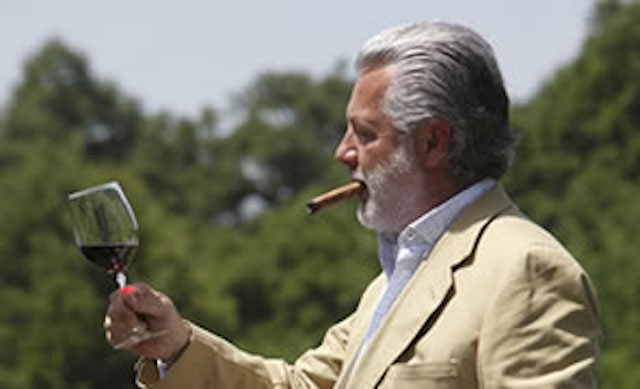
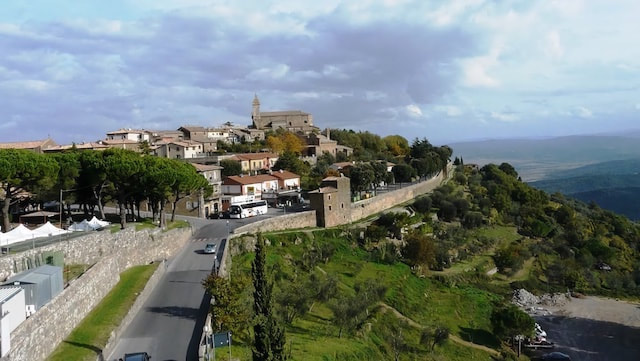
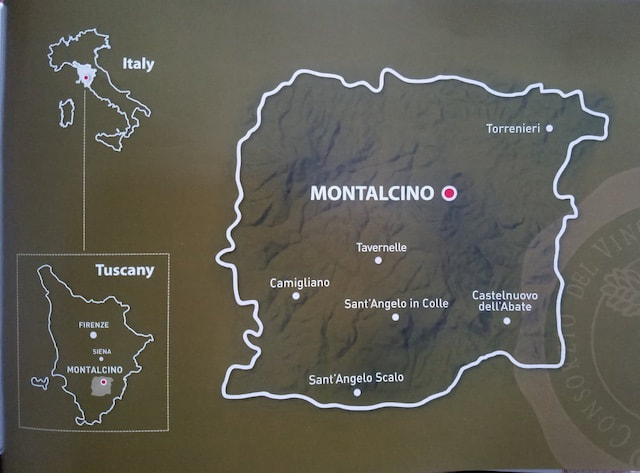
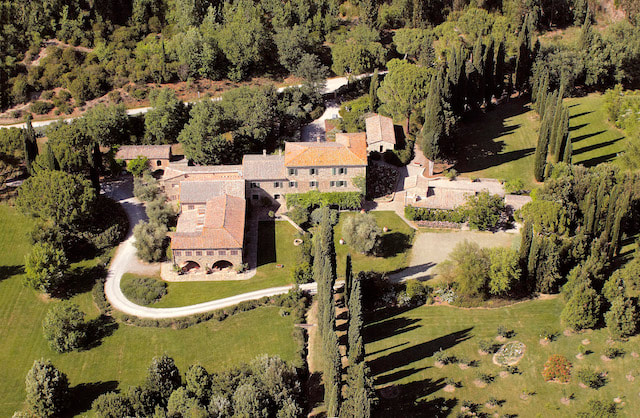
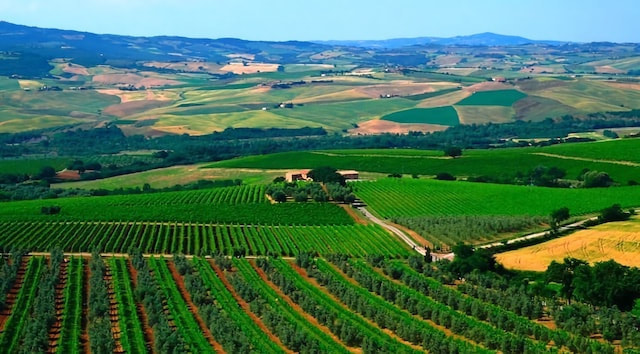
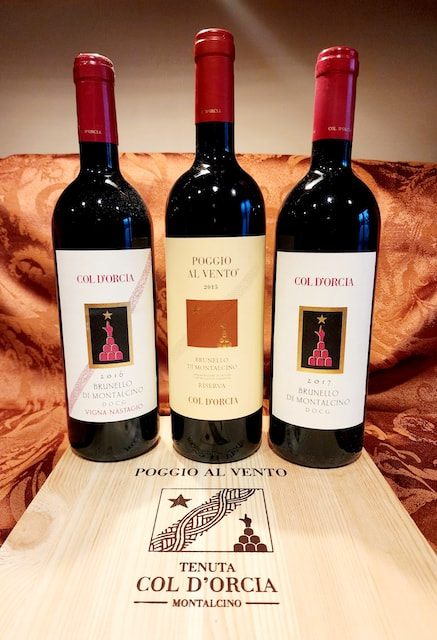
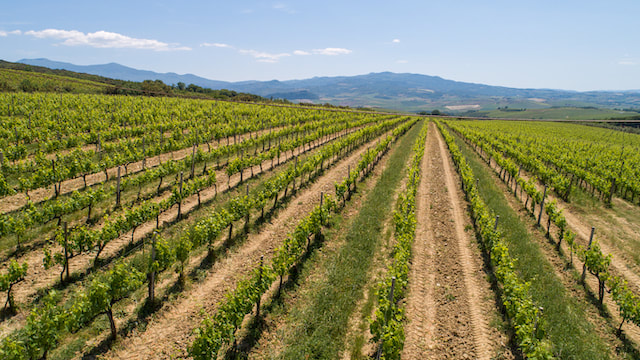
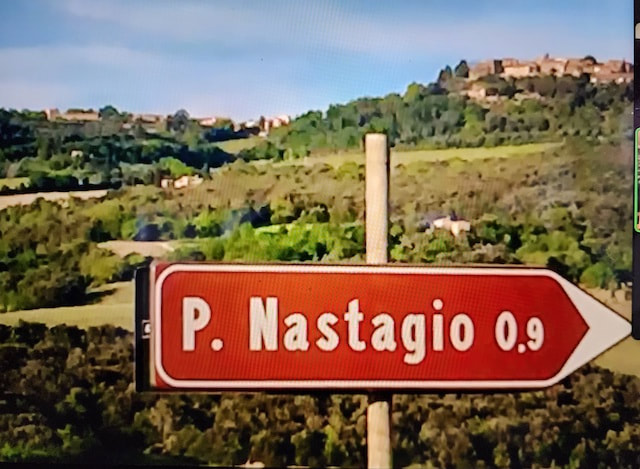
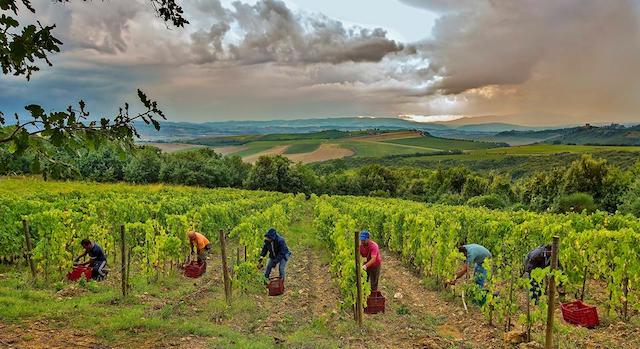
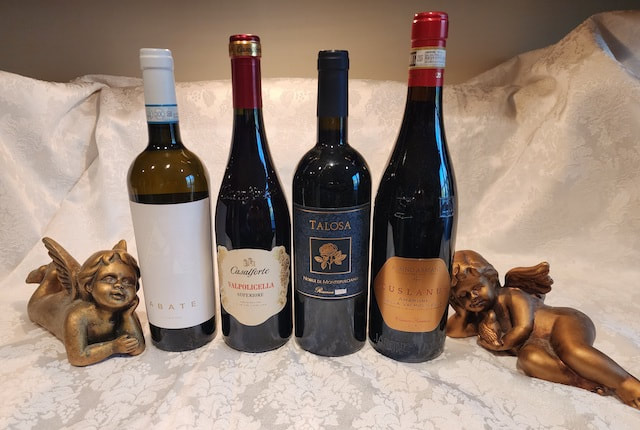
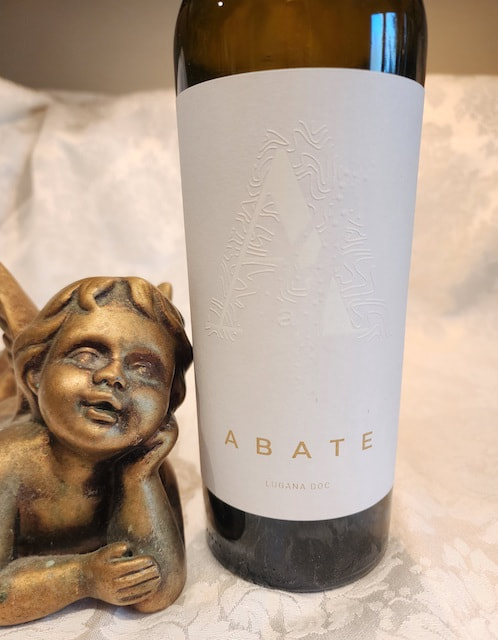
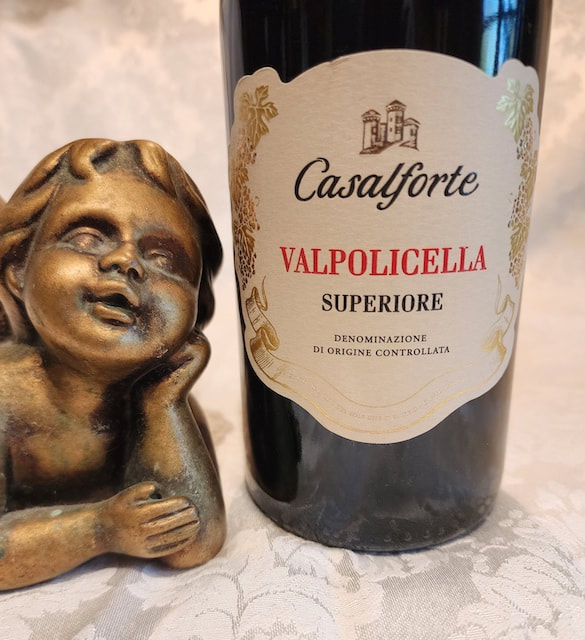
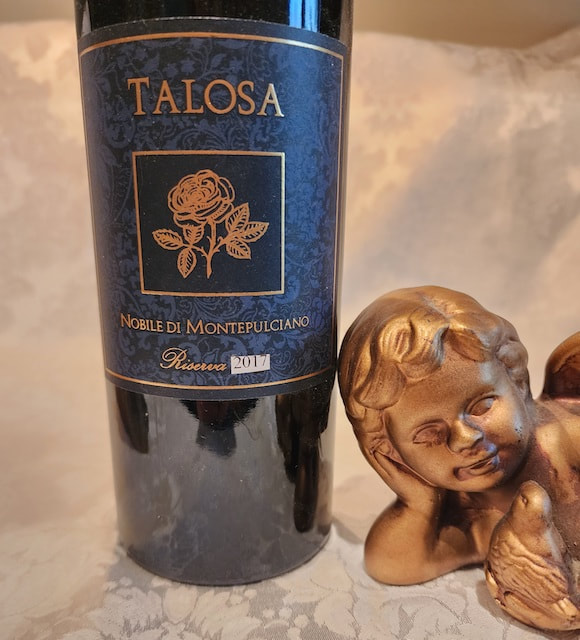
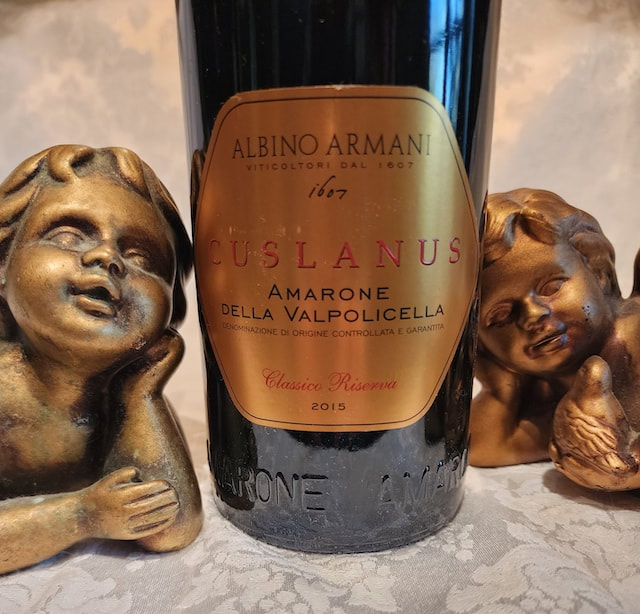
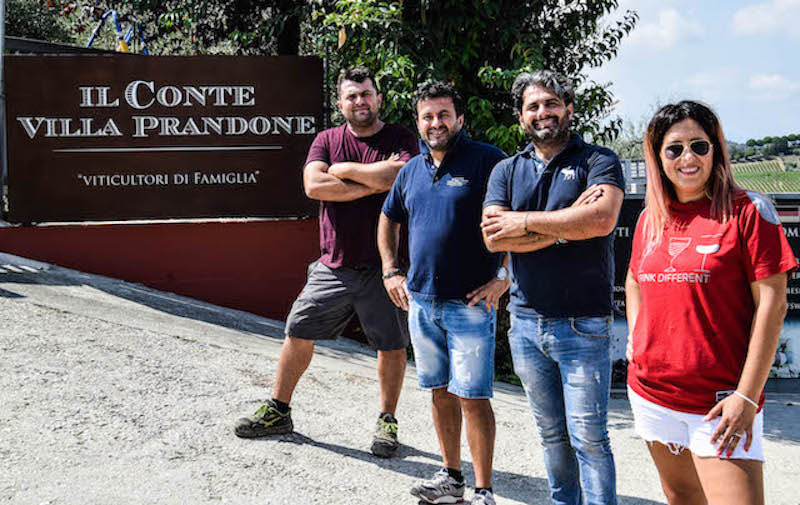
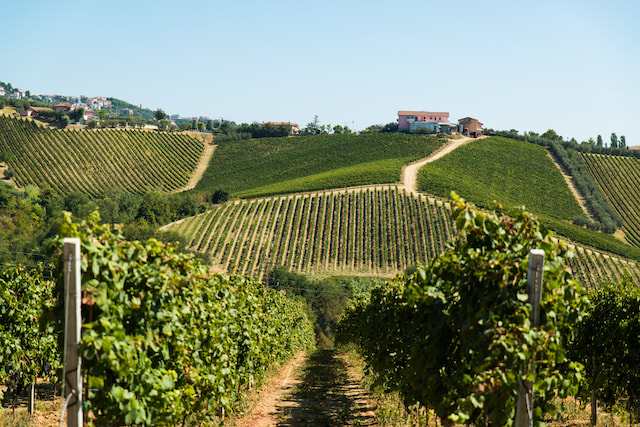
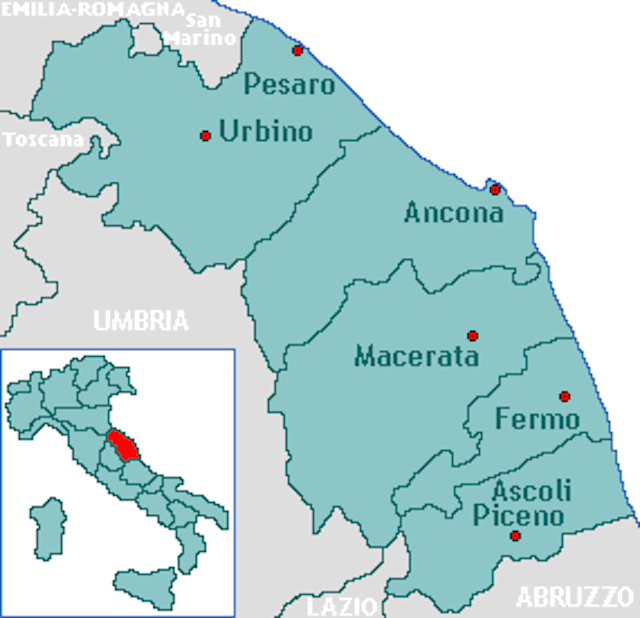
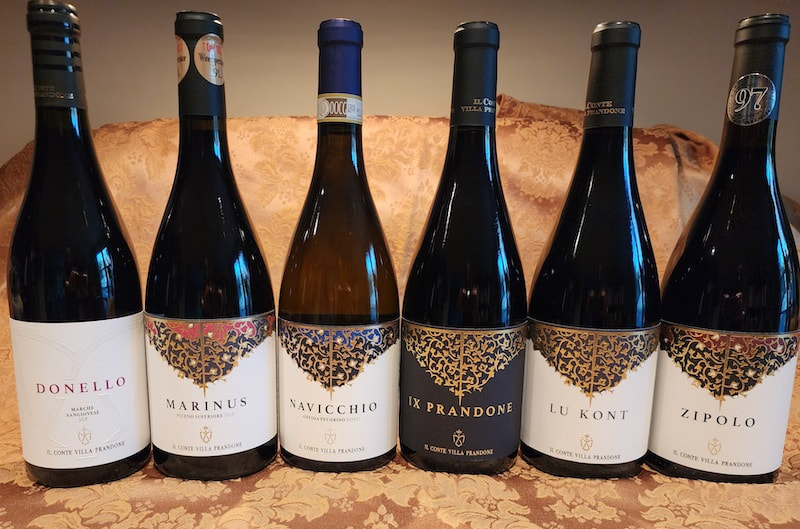
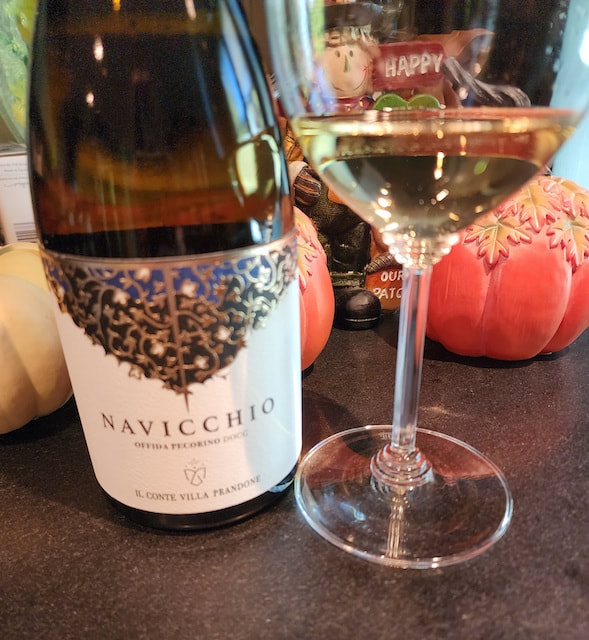
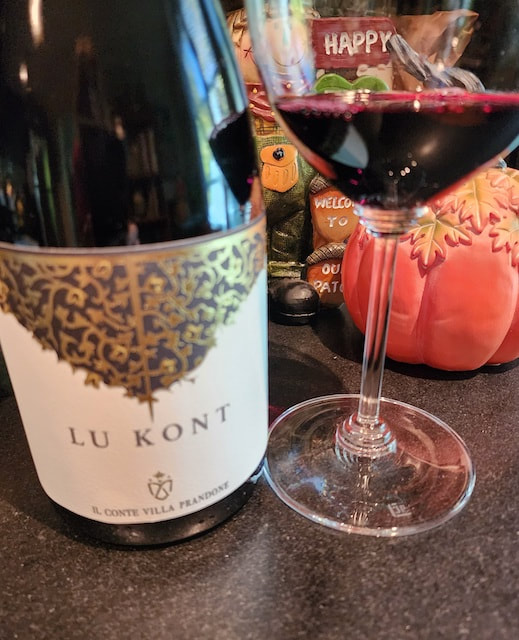
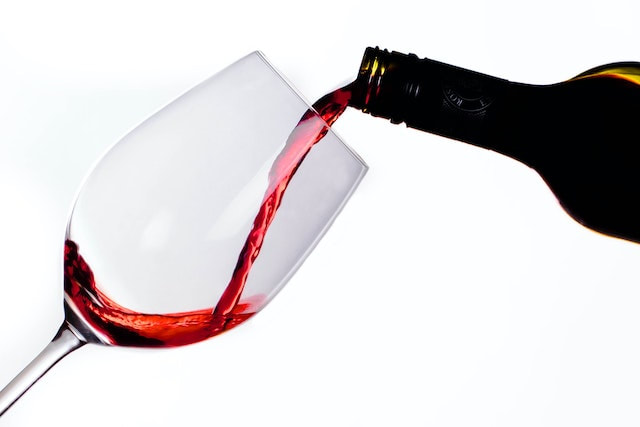
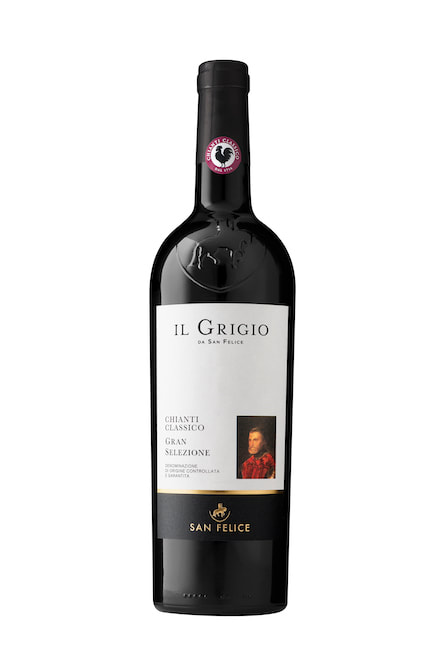
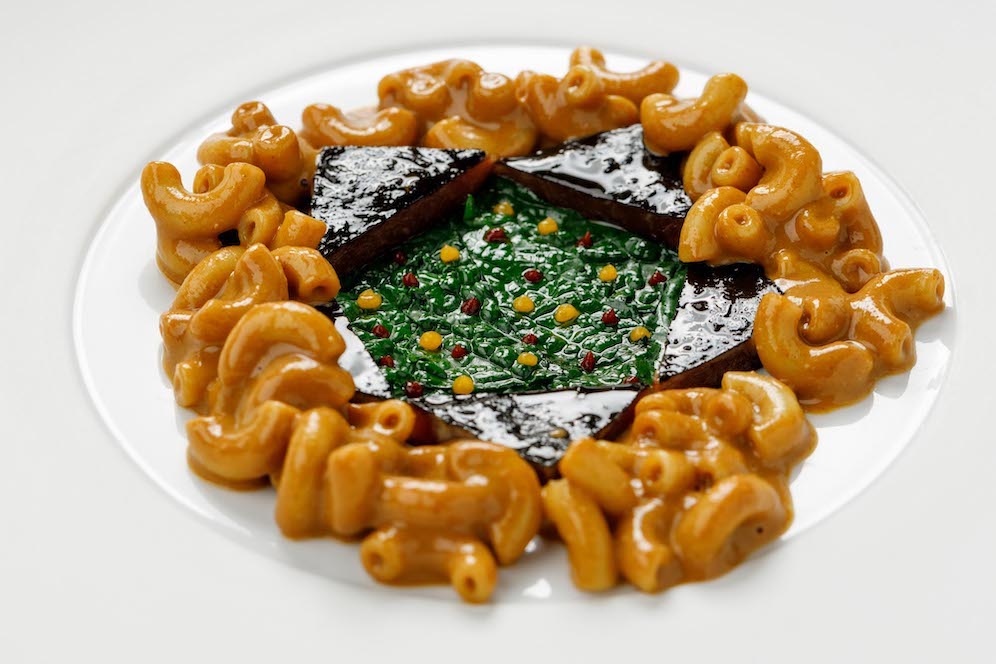
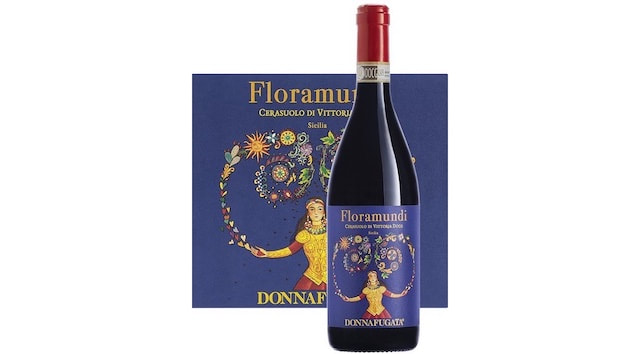
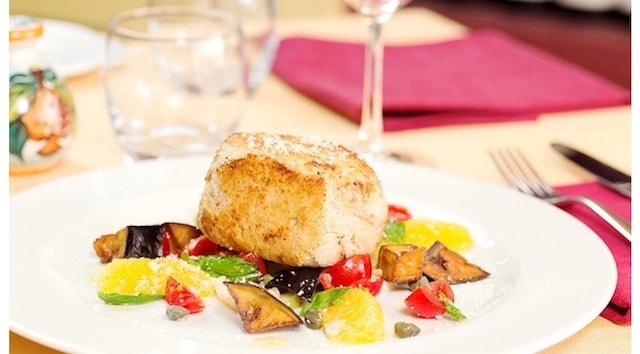
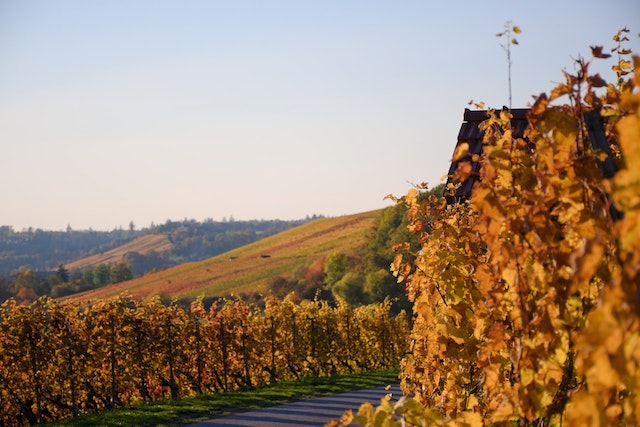
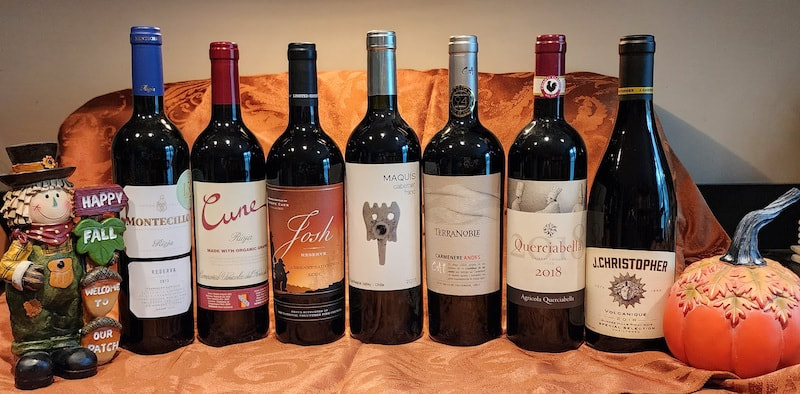
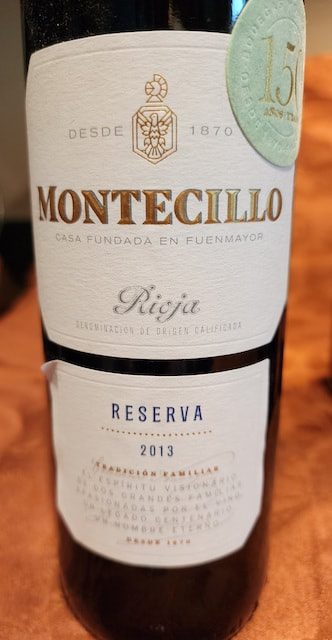
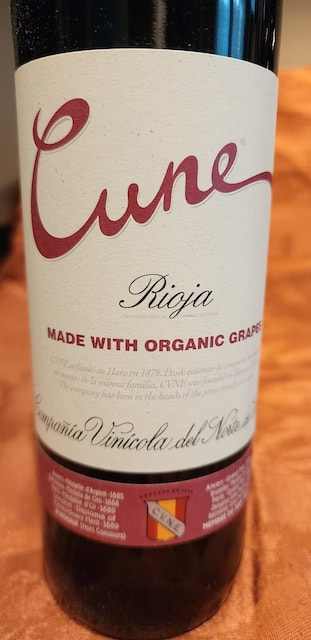
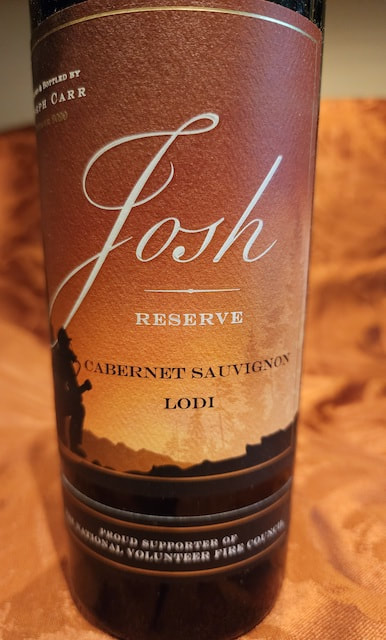
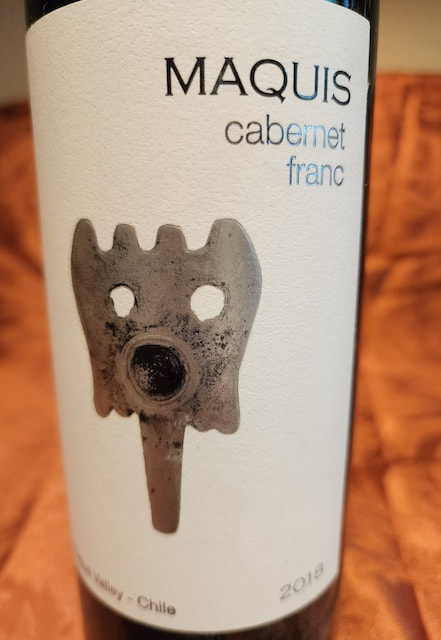
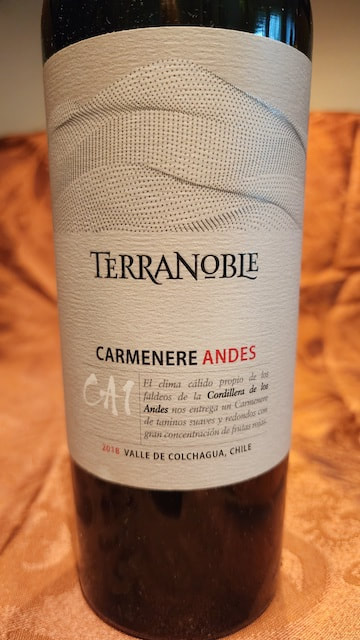
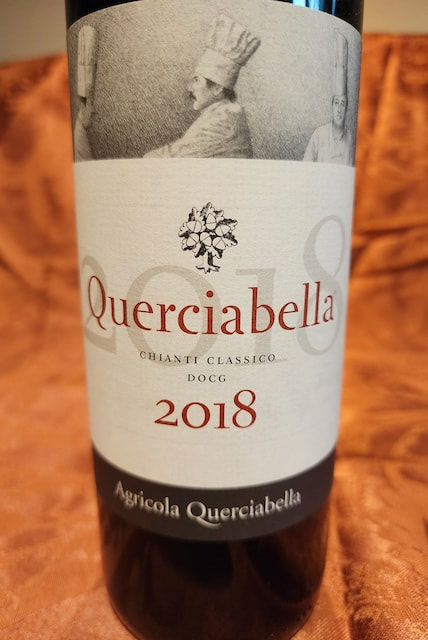
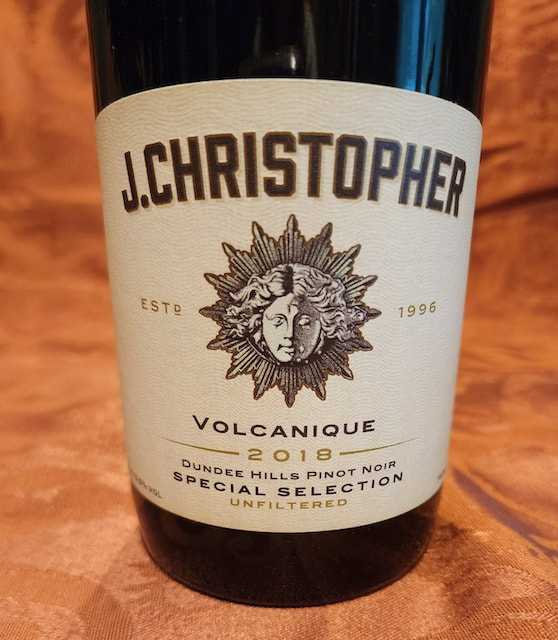

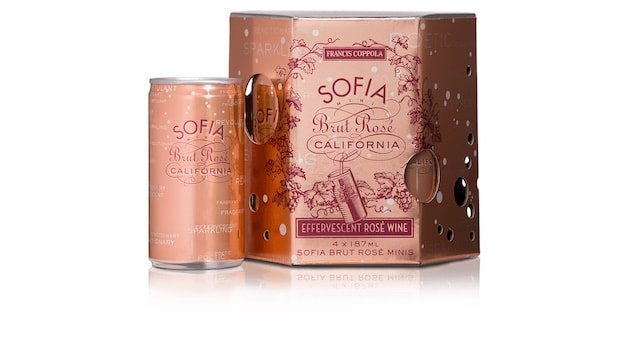
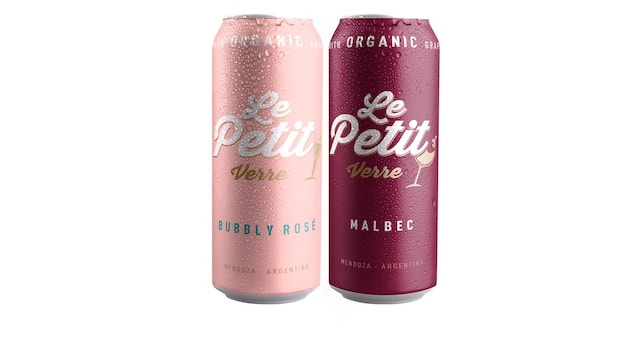
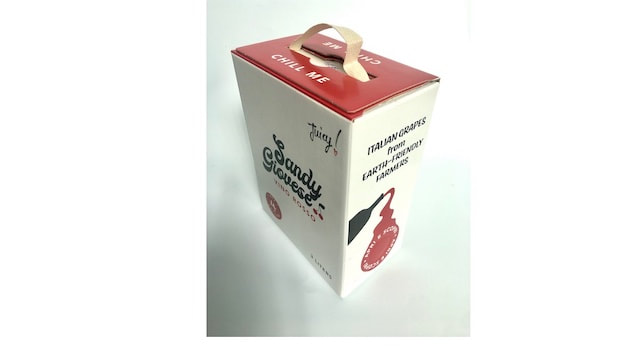
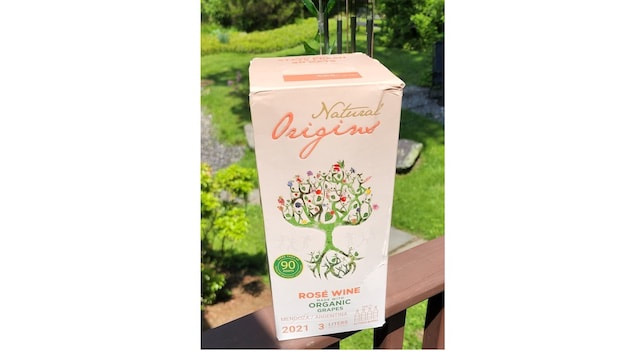
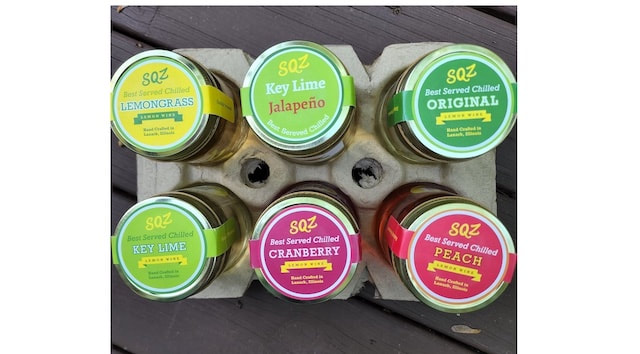
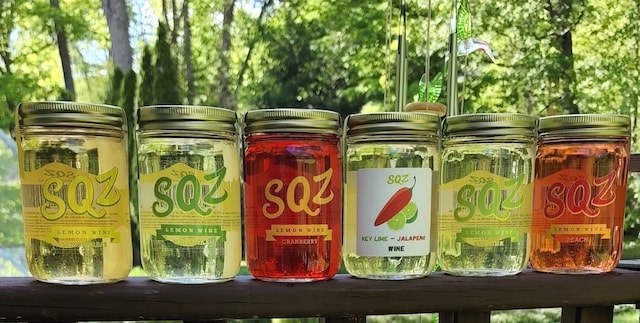
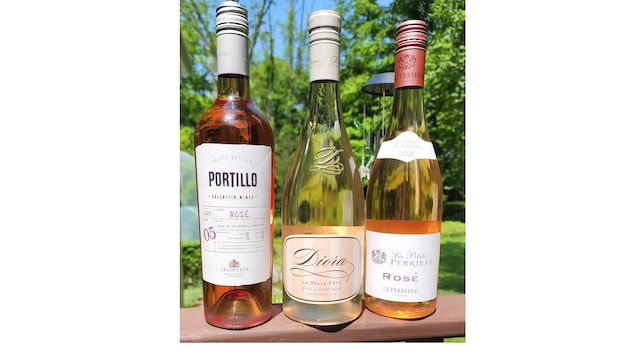
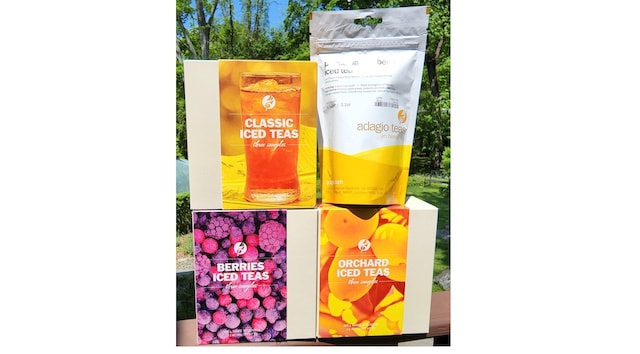
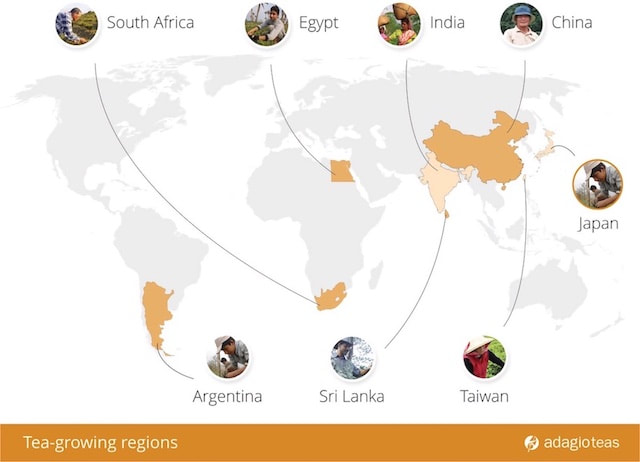
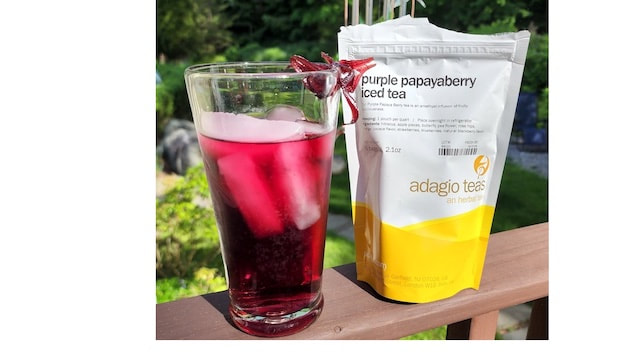
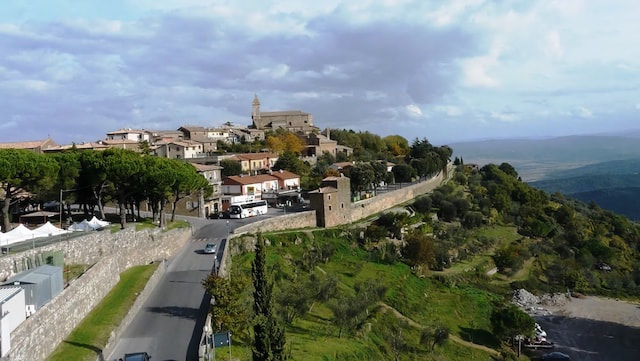
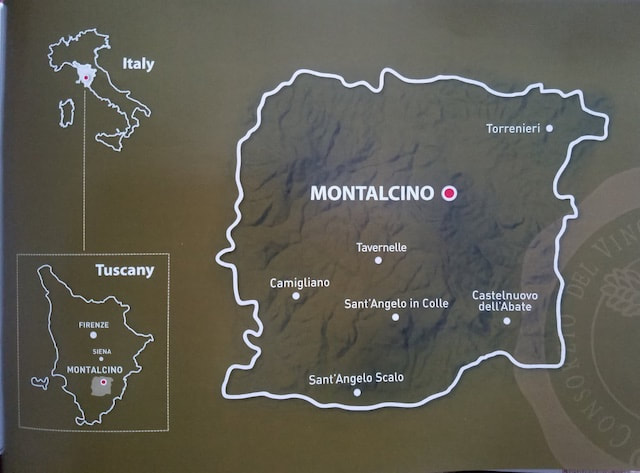
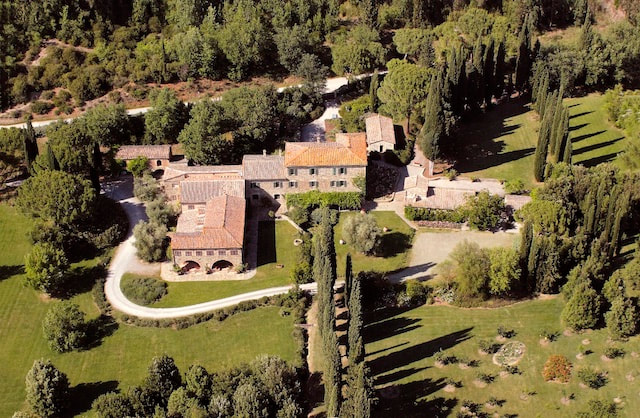
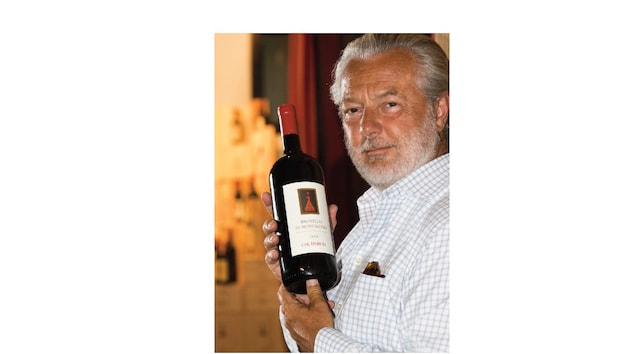
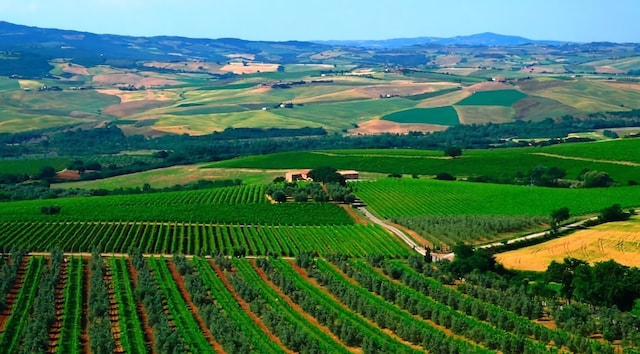
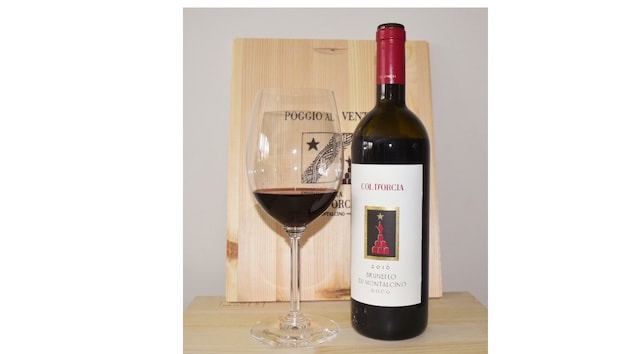
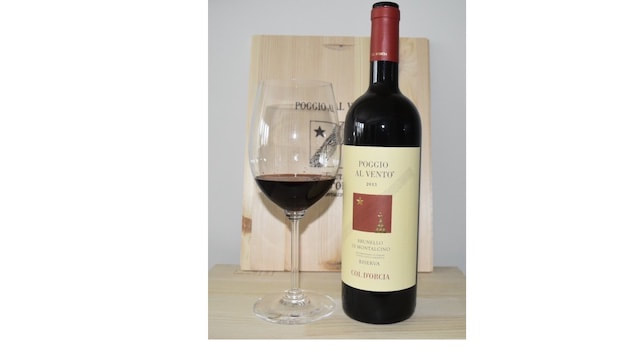
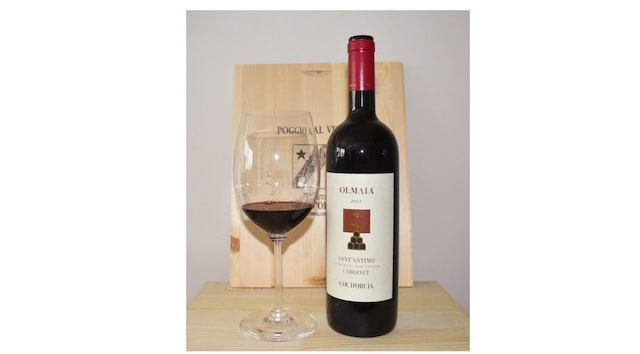
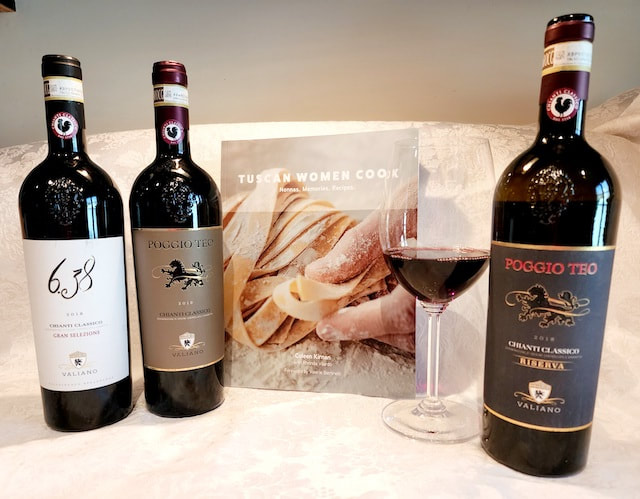
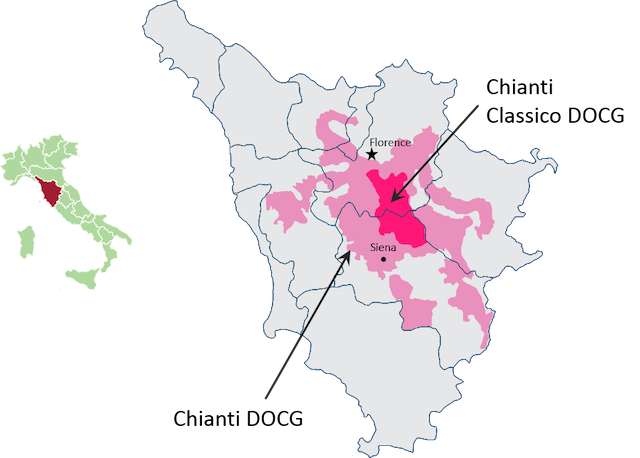
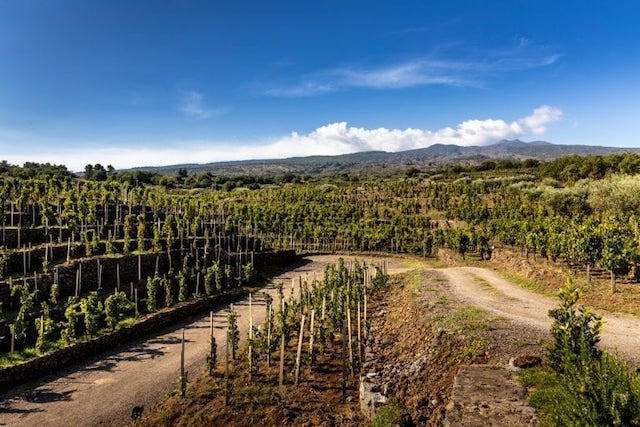
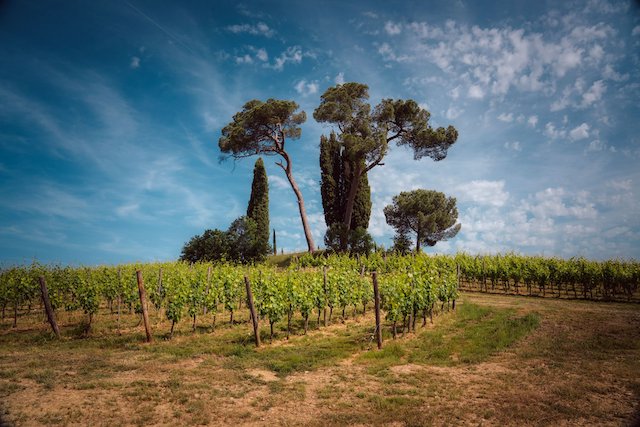
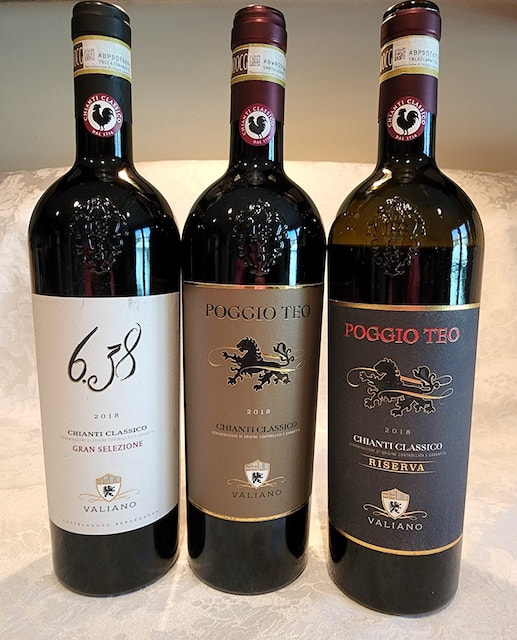
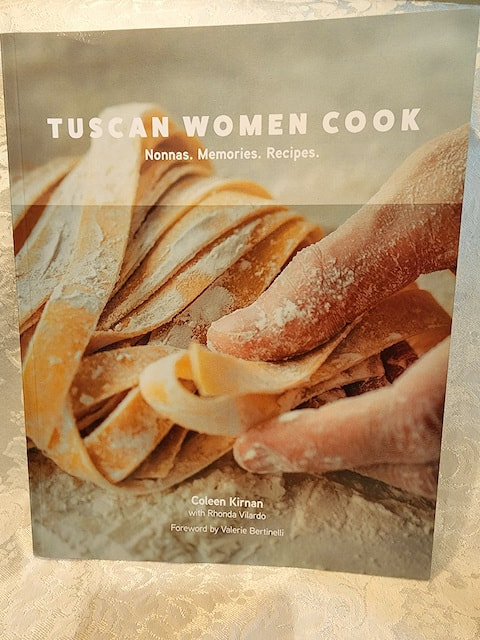
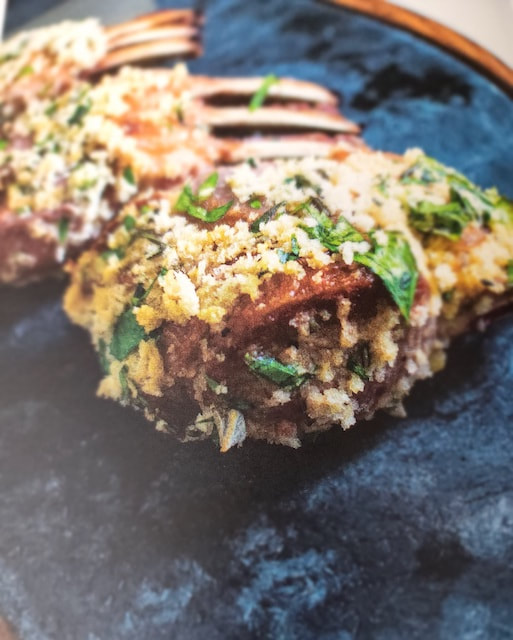
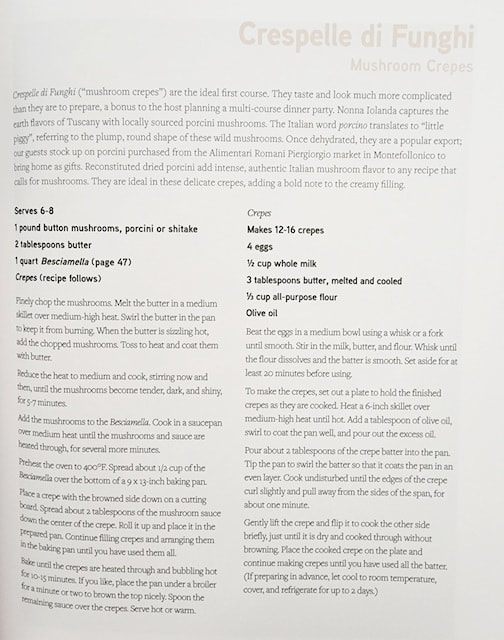
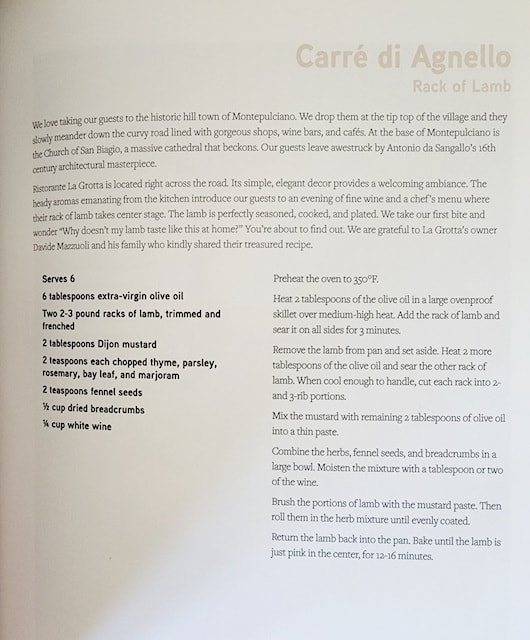
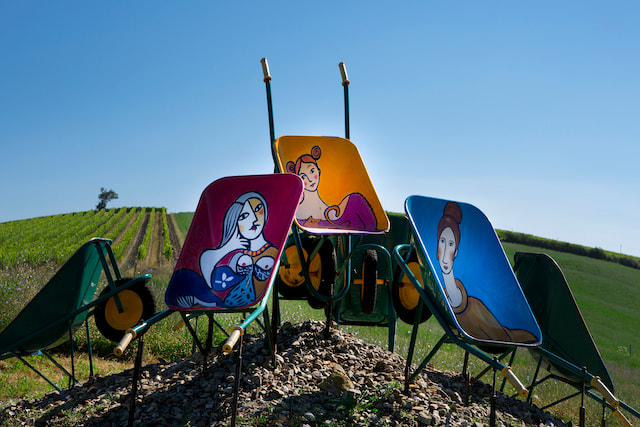
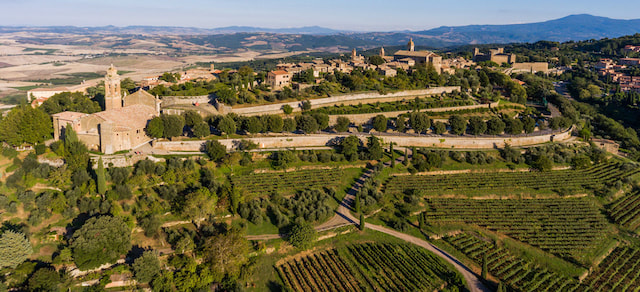
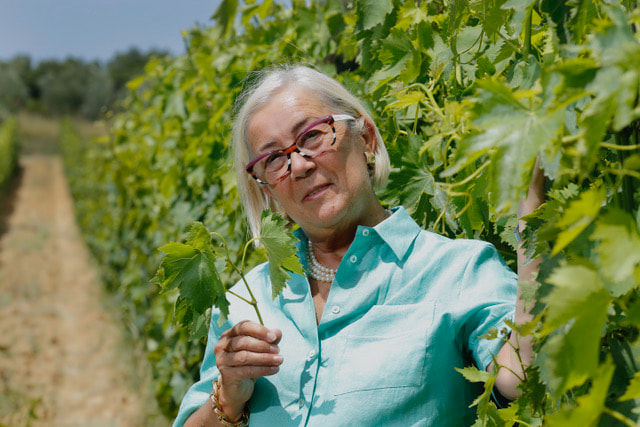
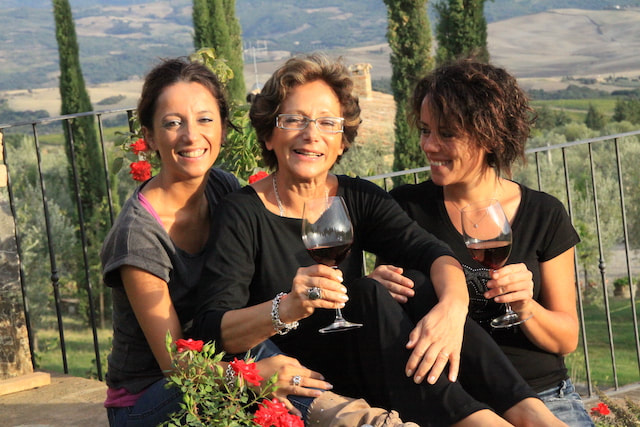
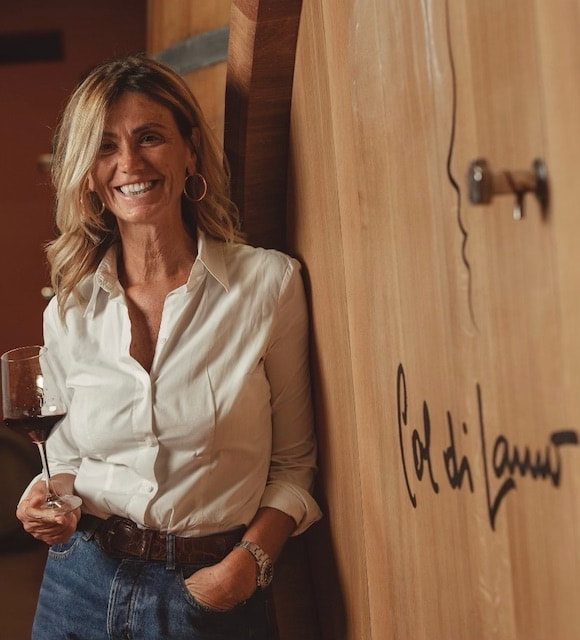
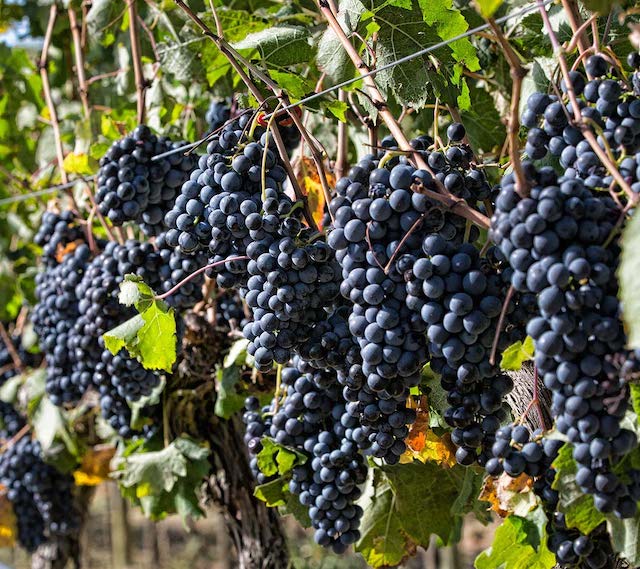
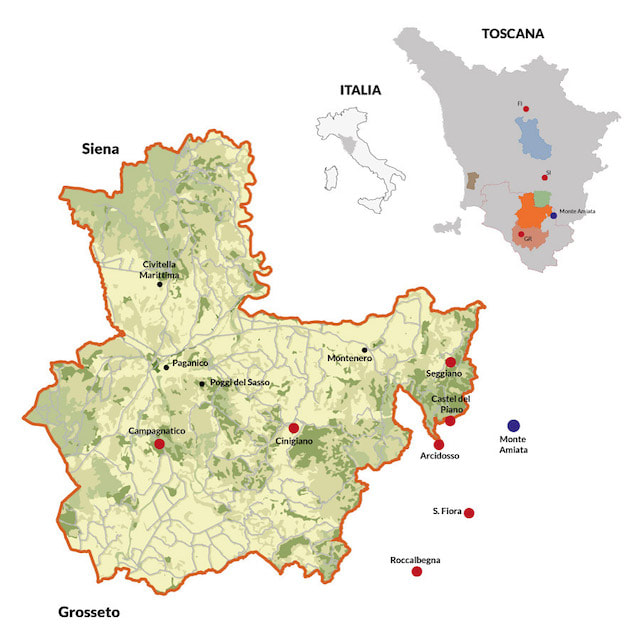
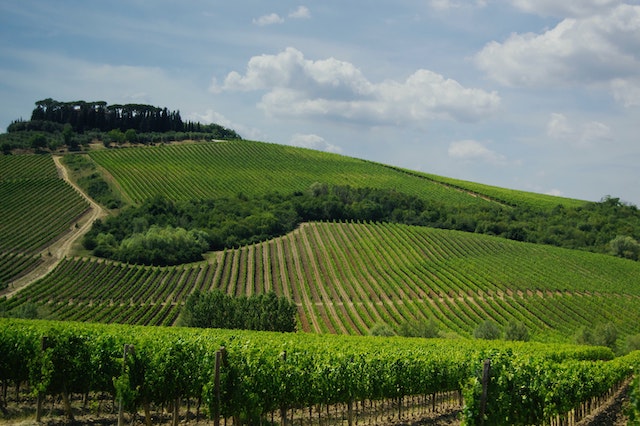
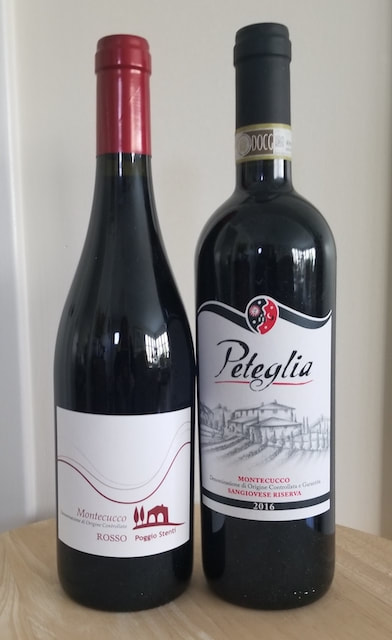
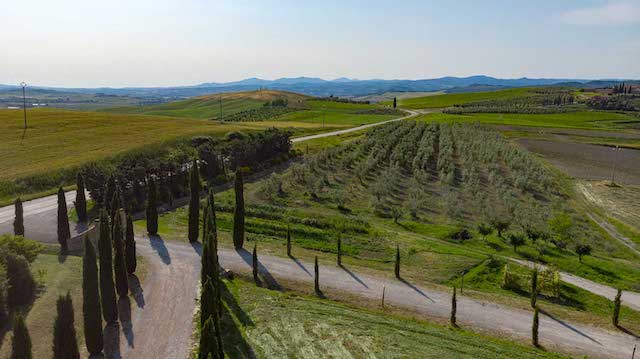
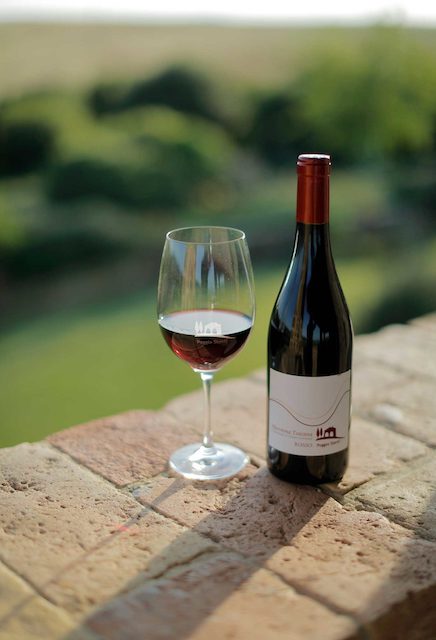
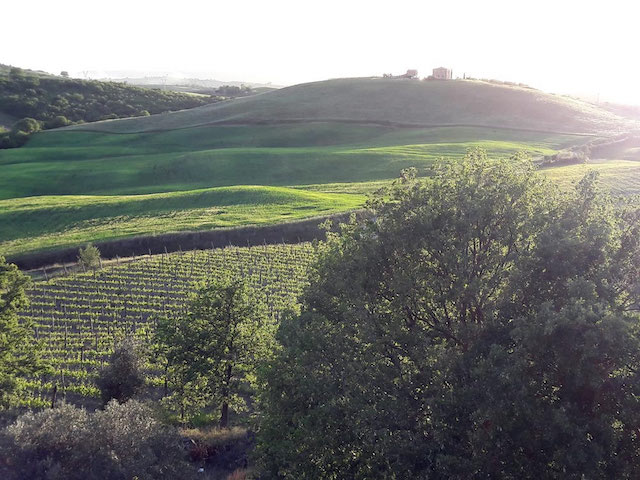
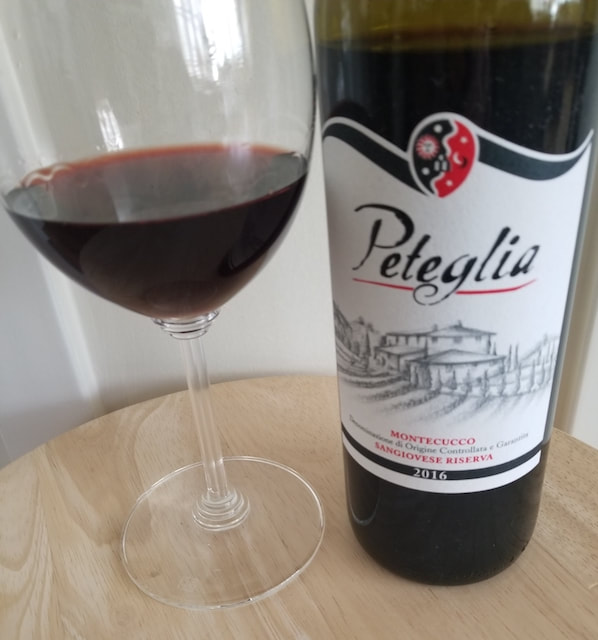
 RSS Feed
RSS Feed